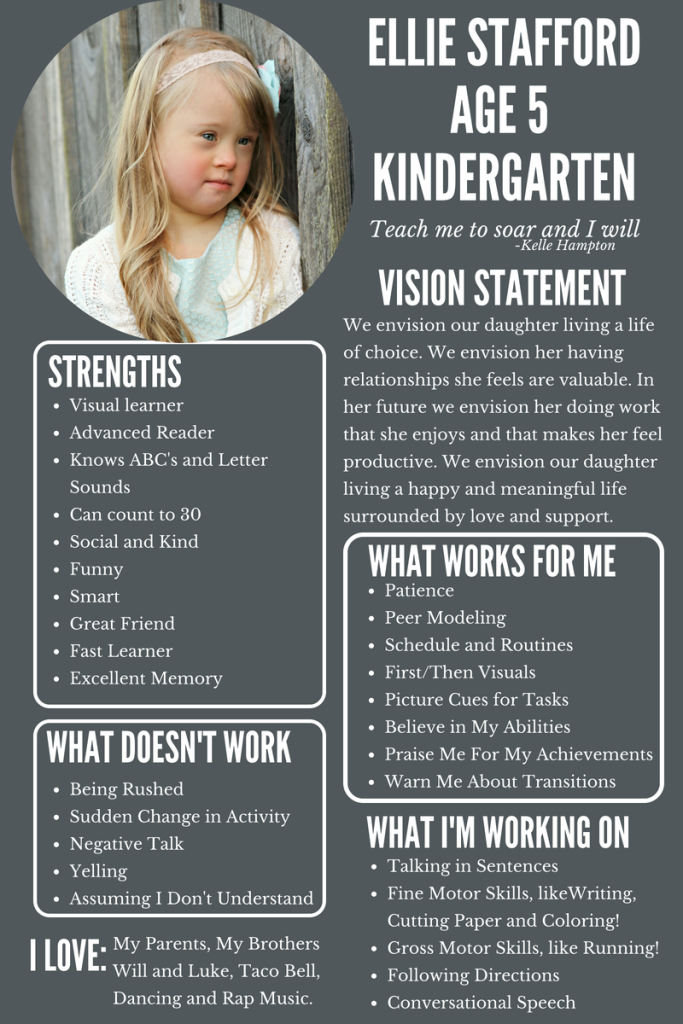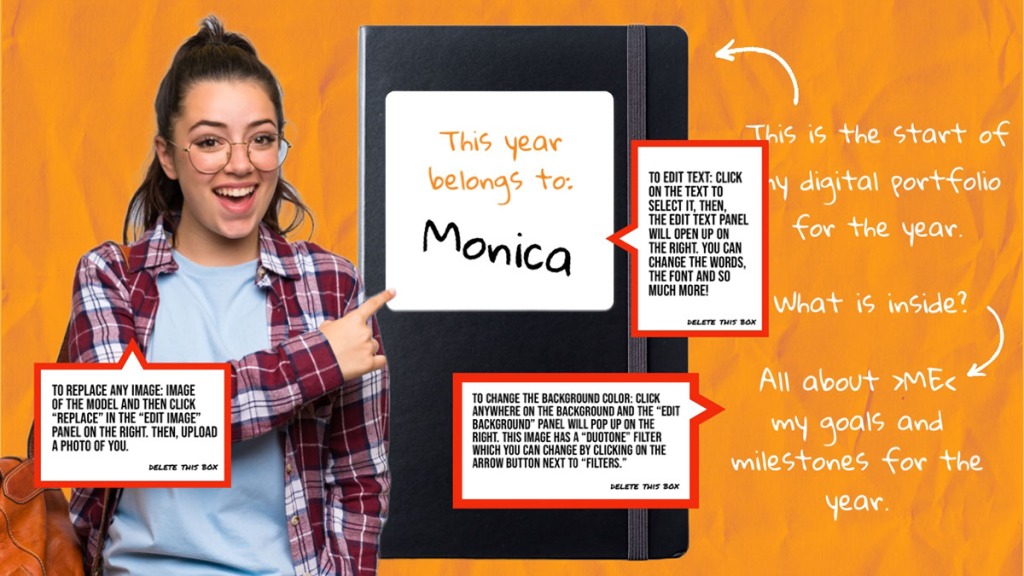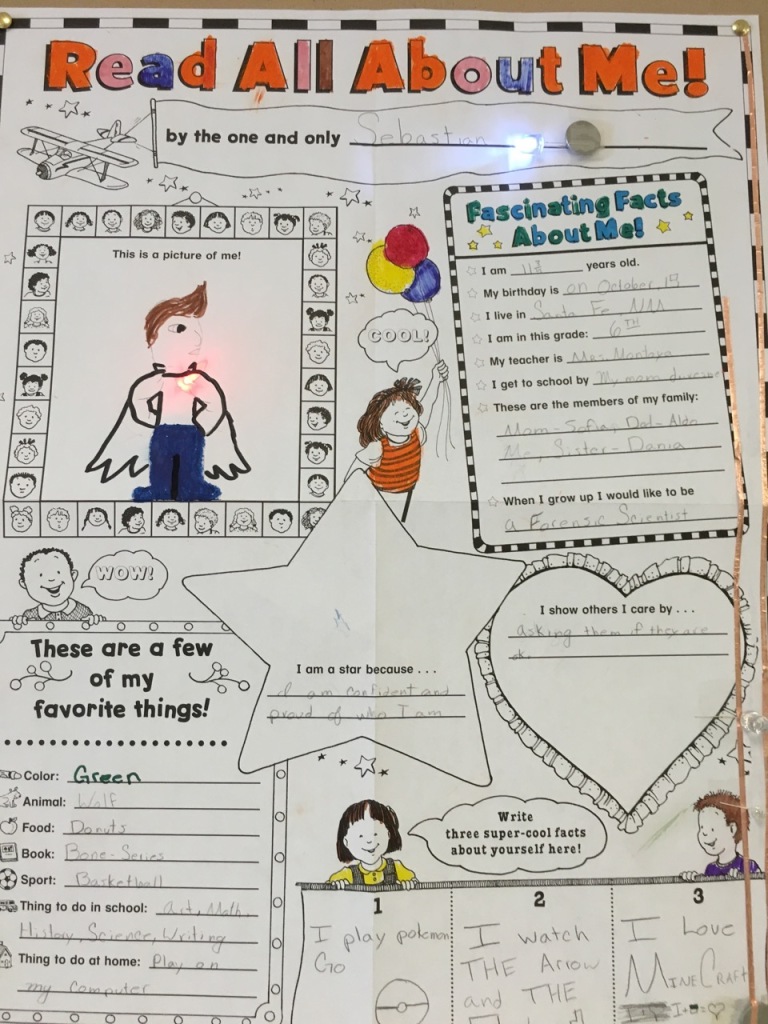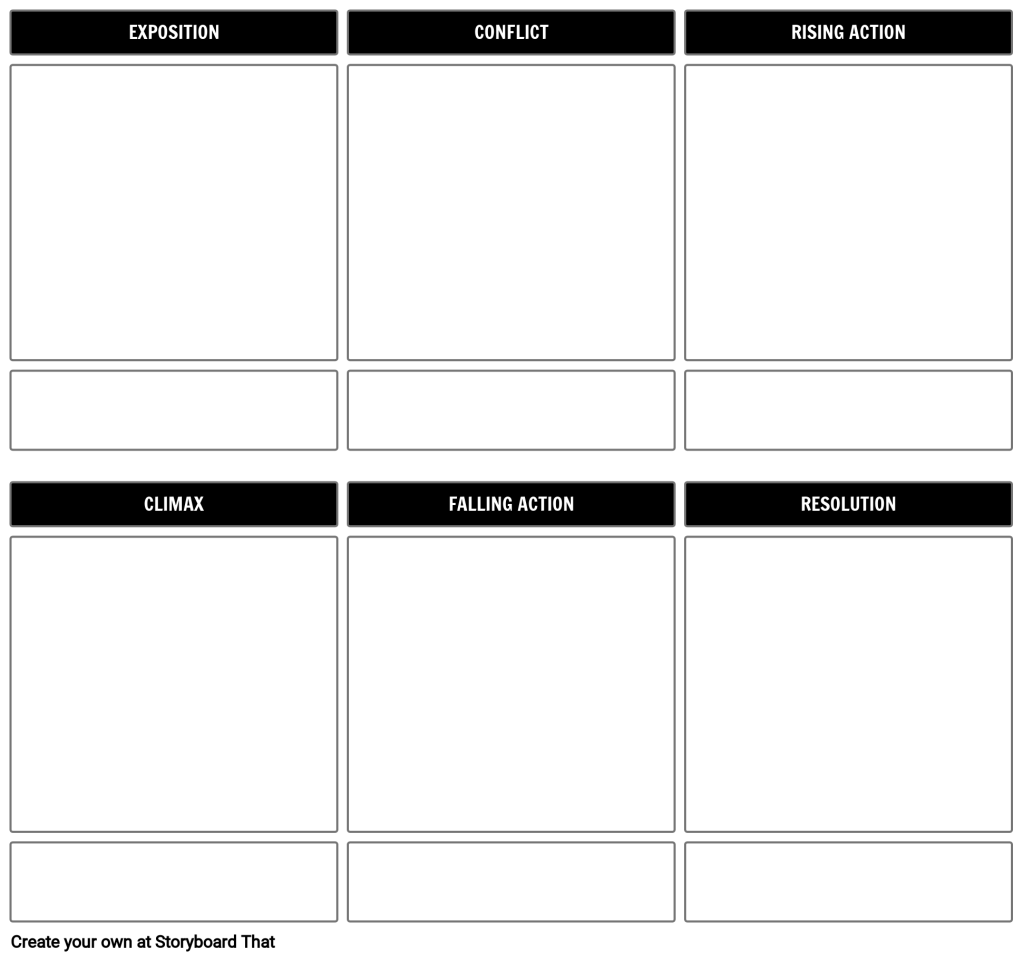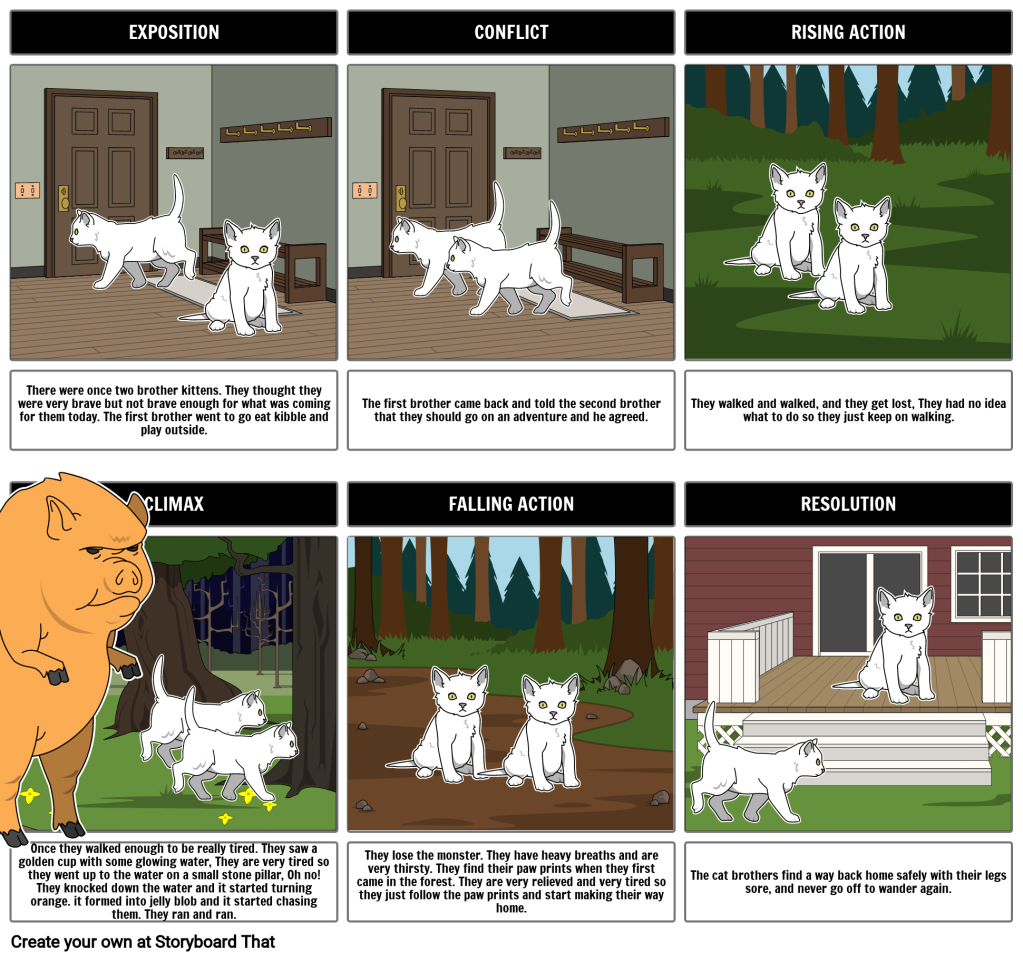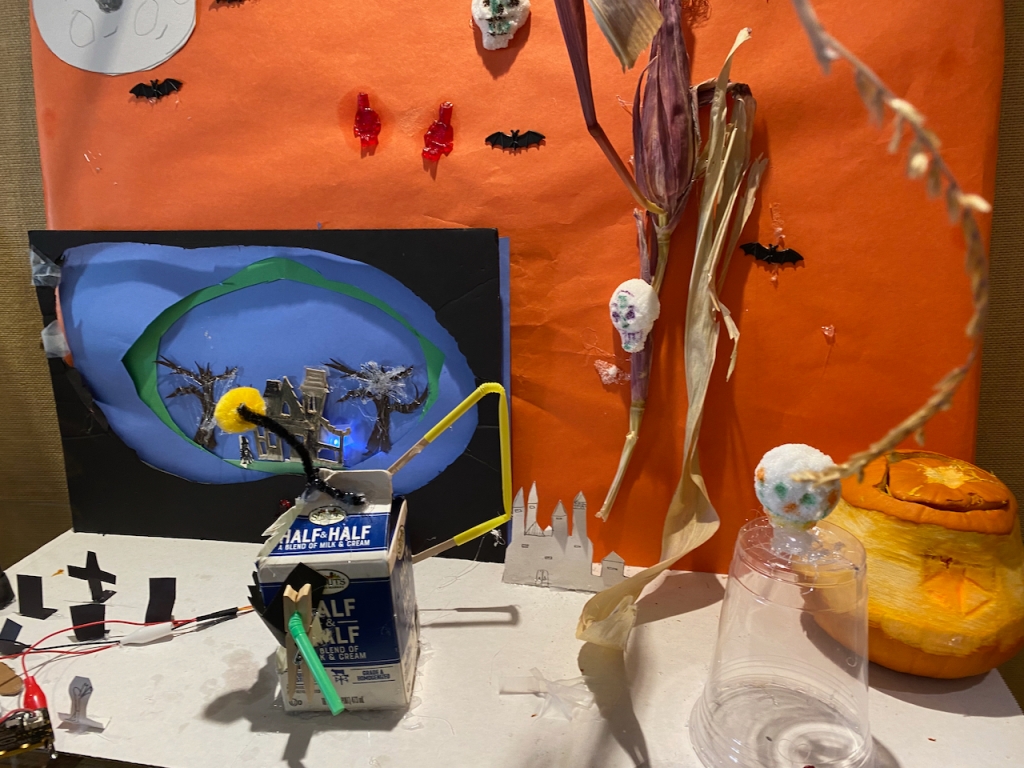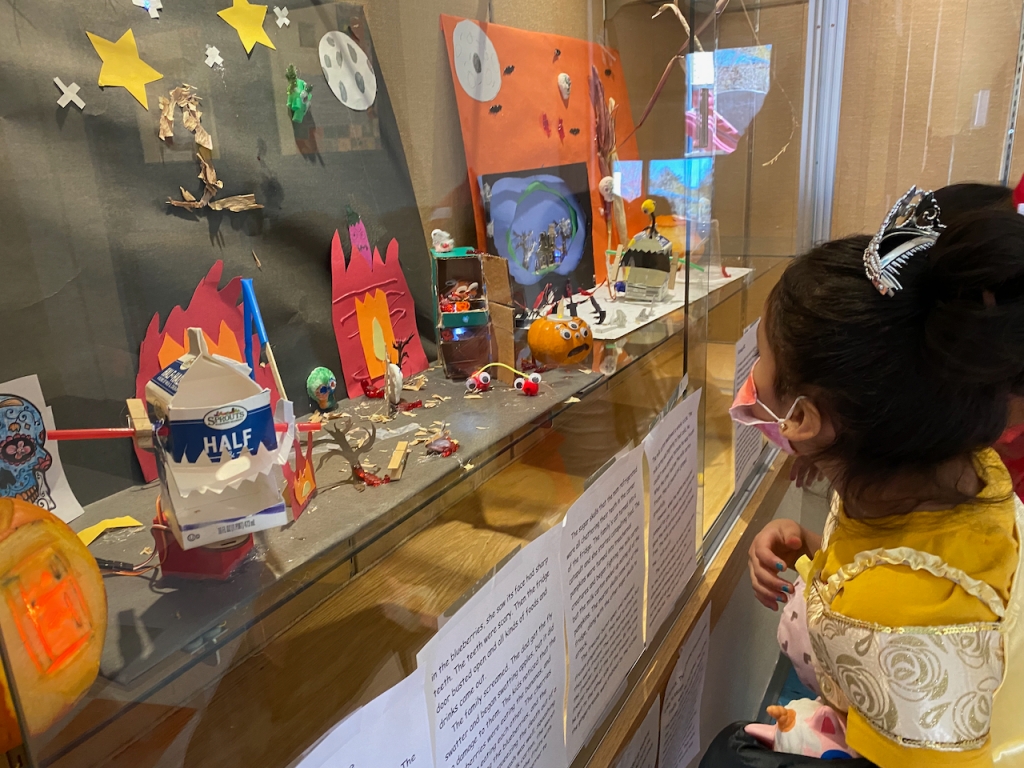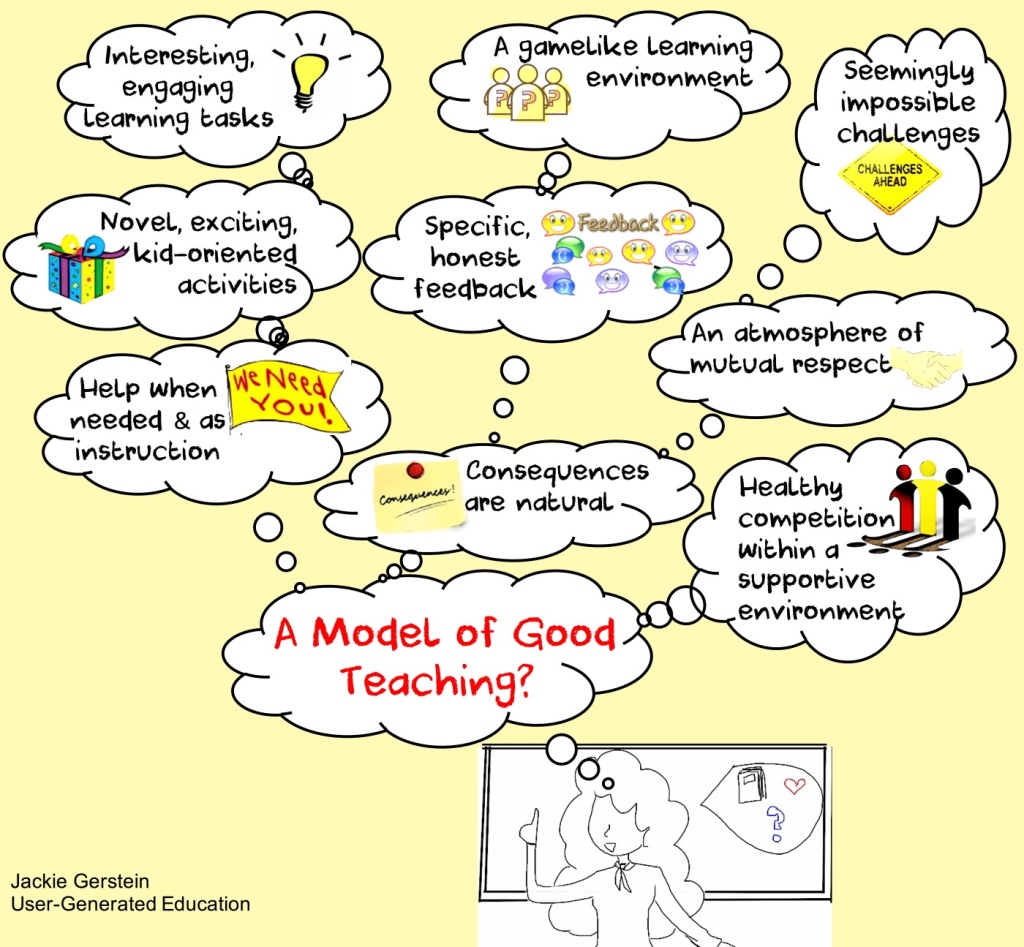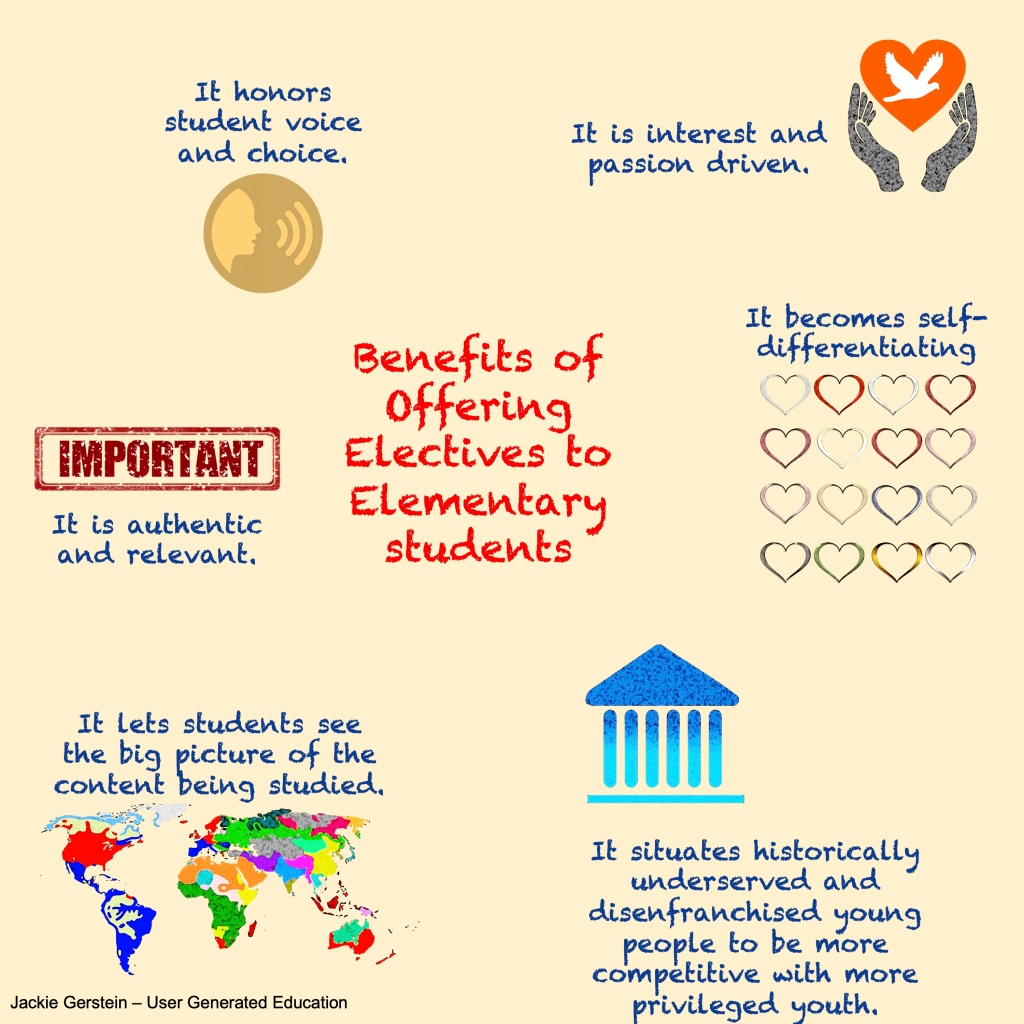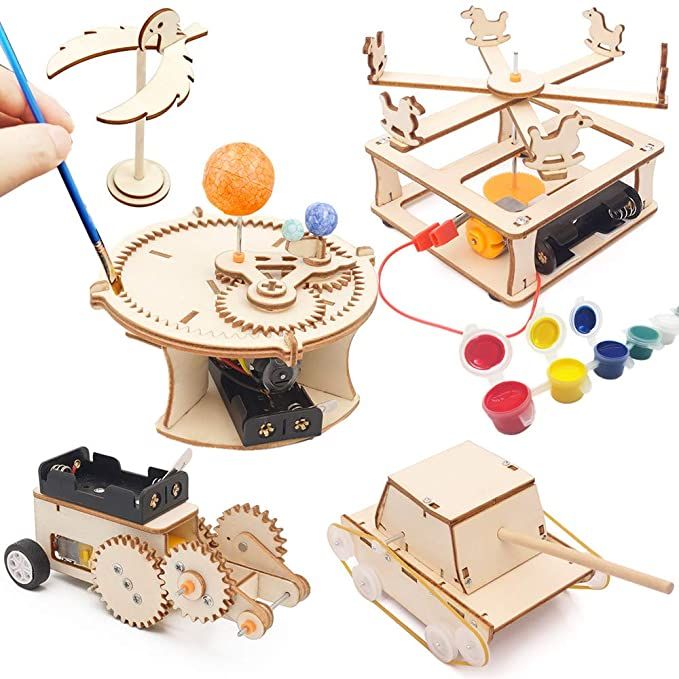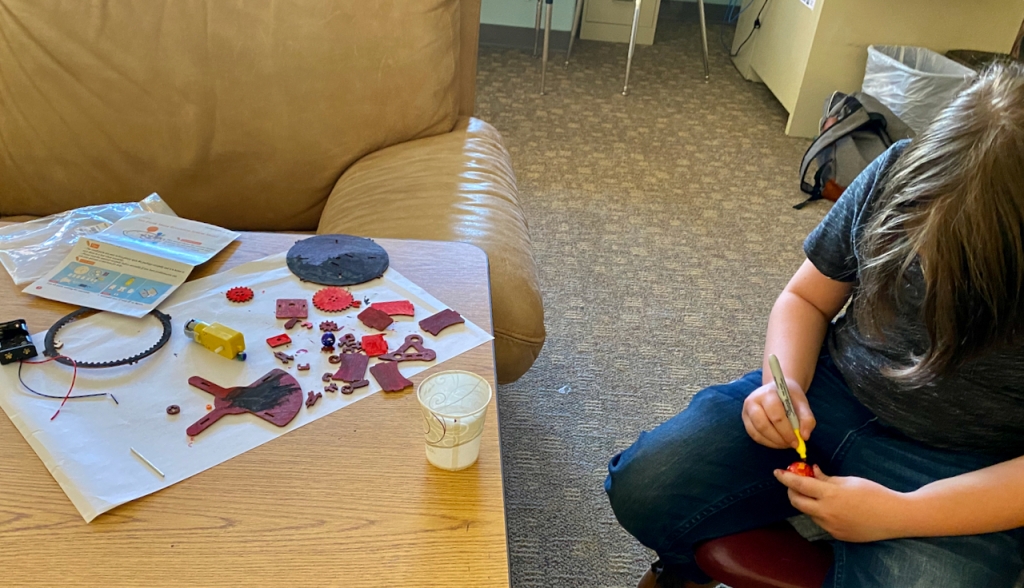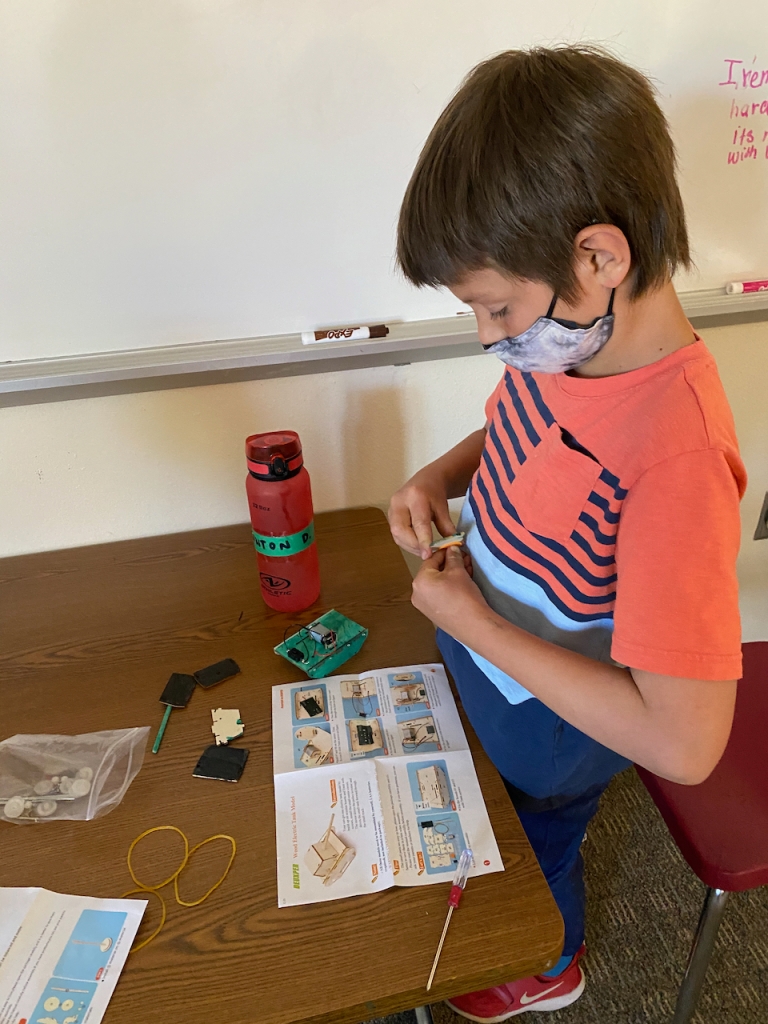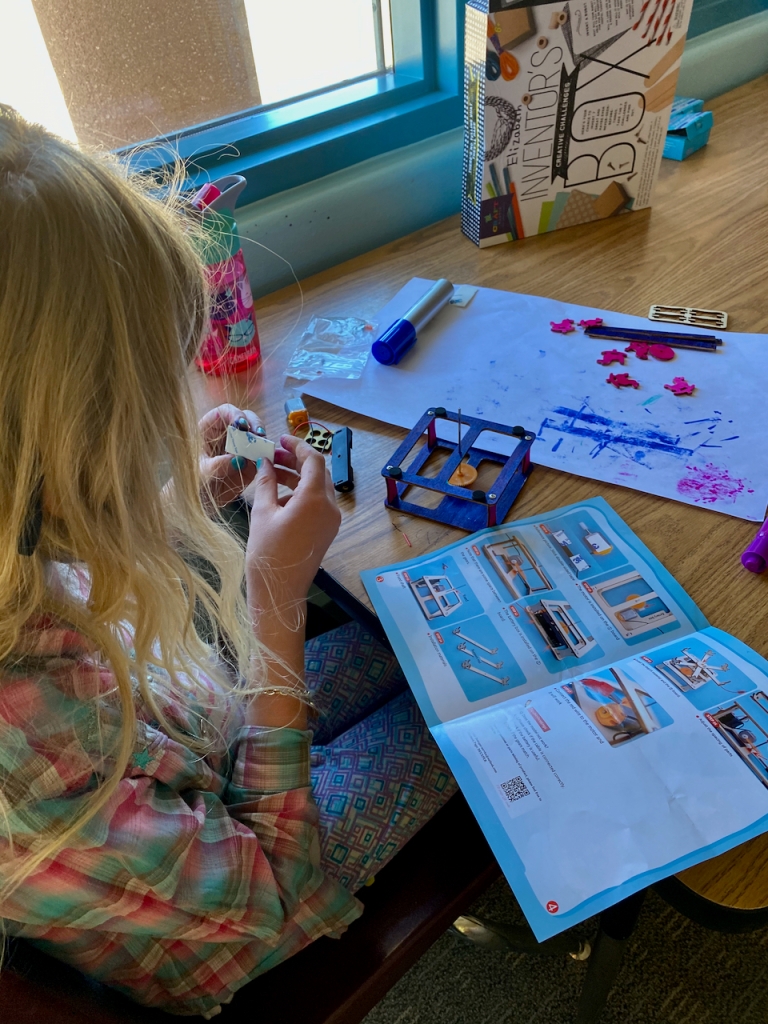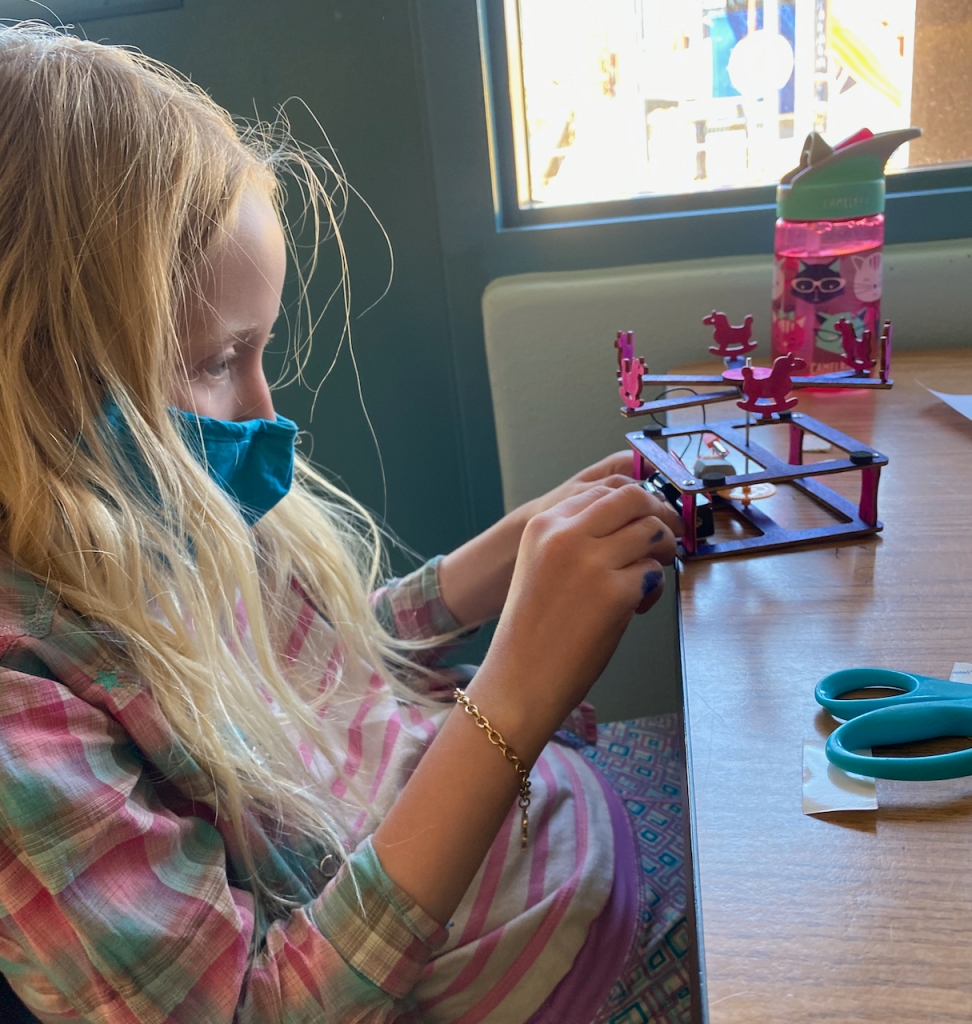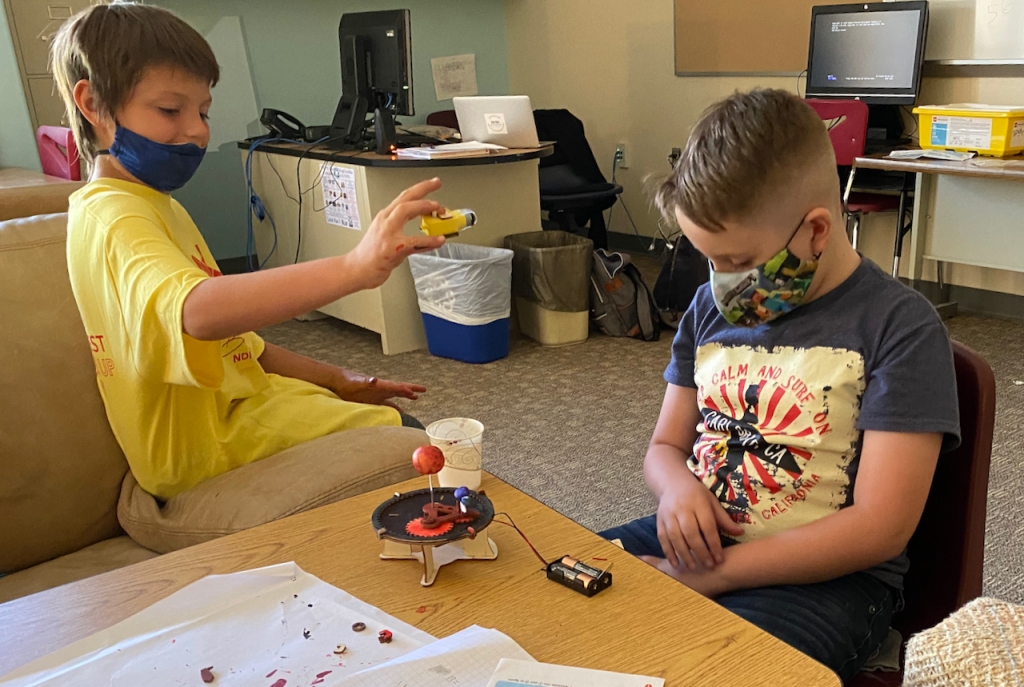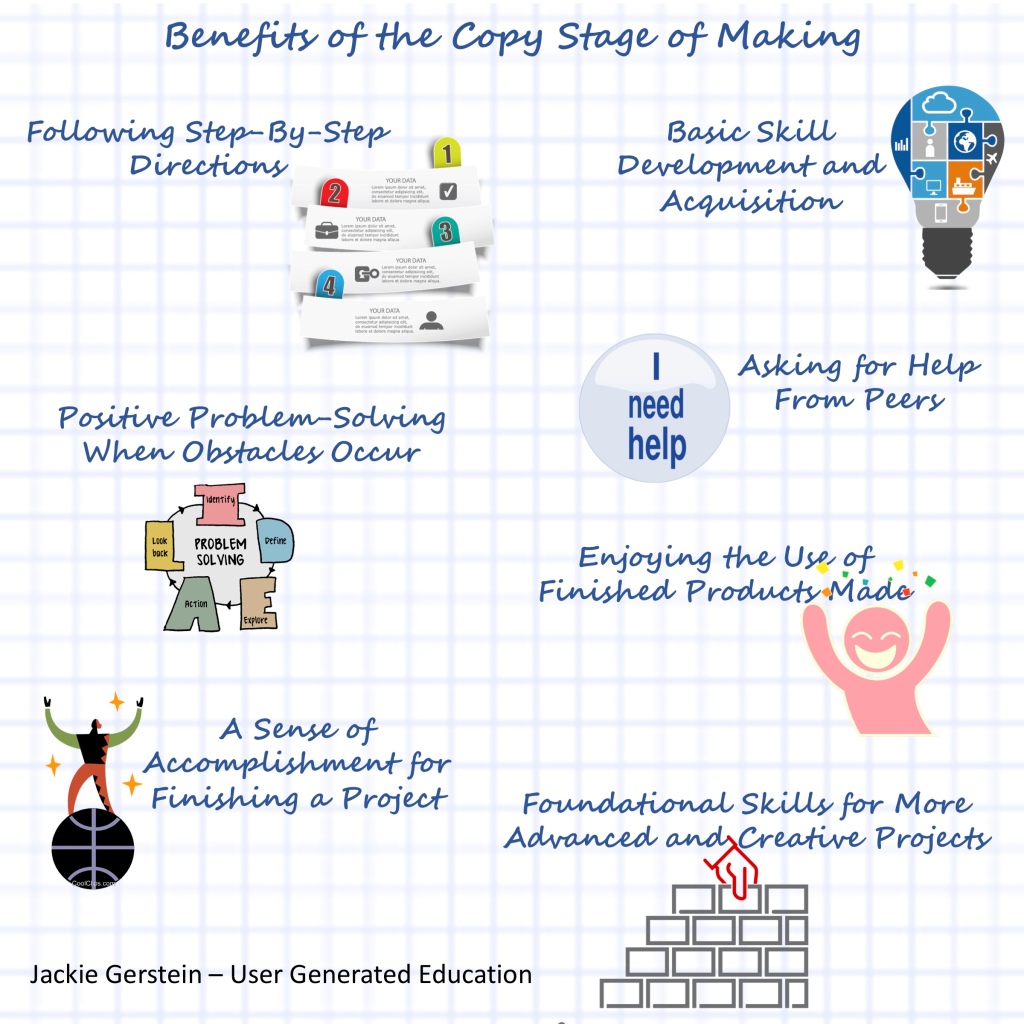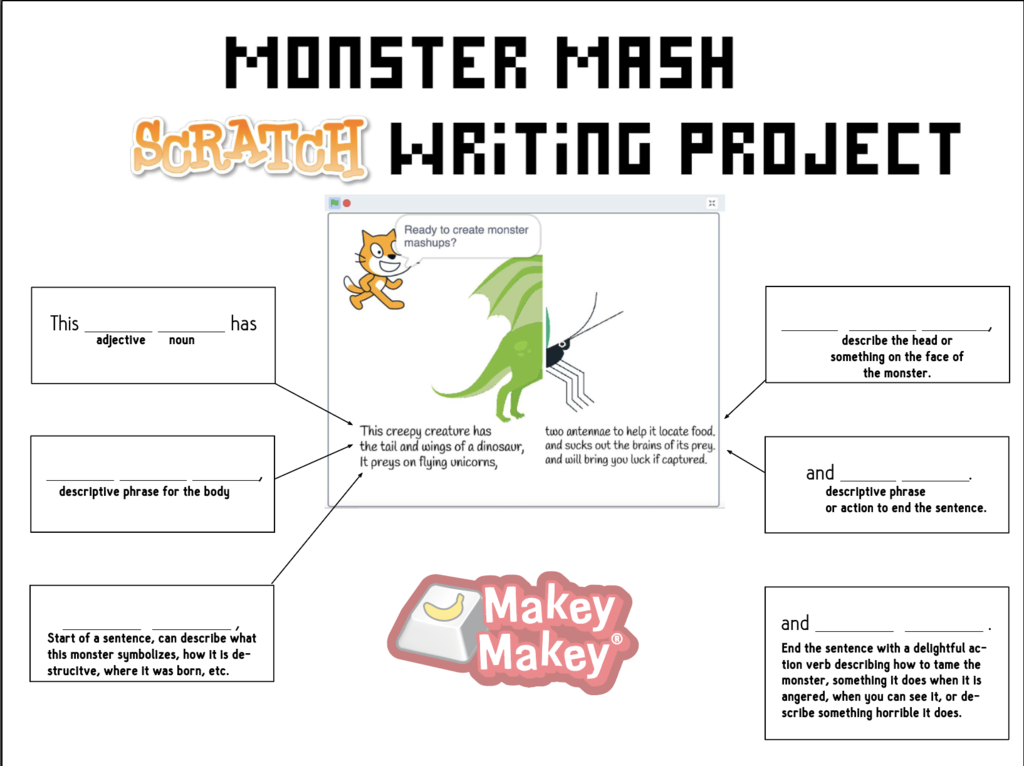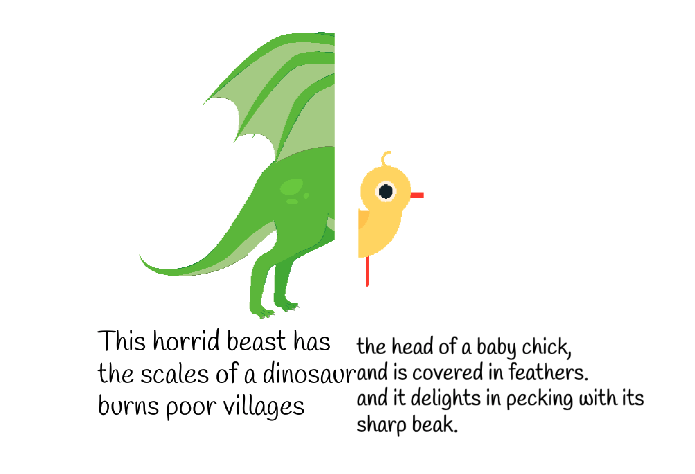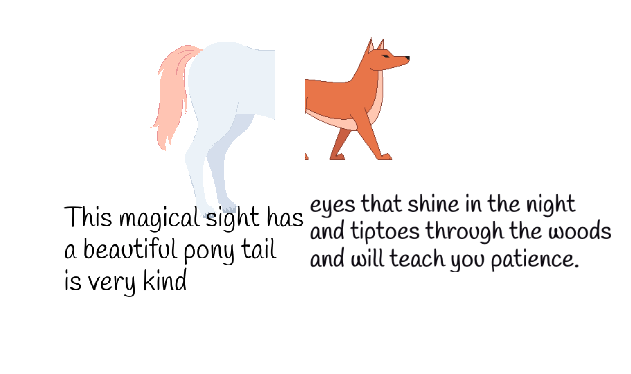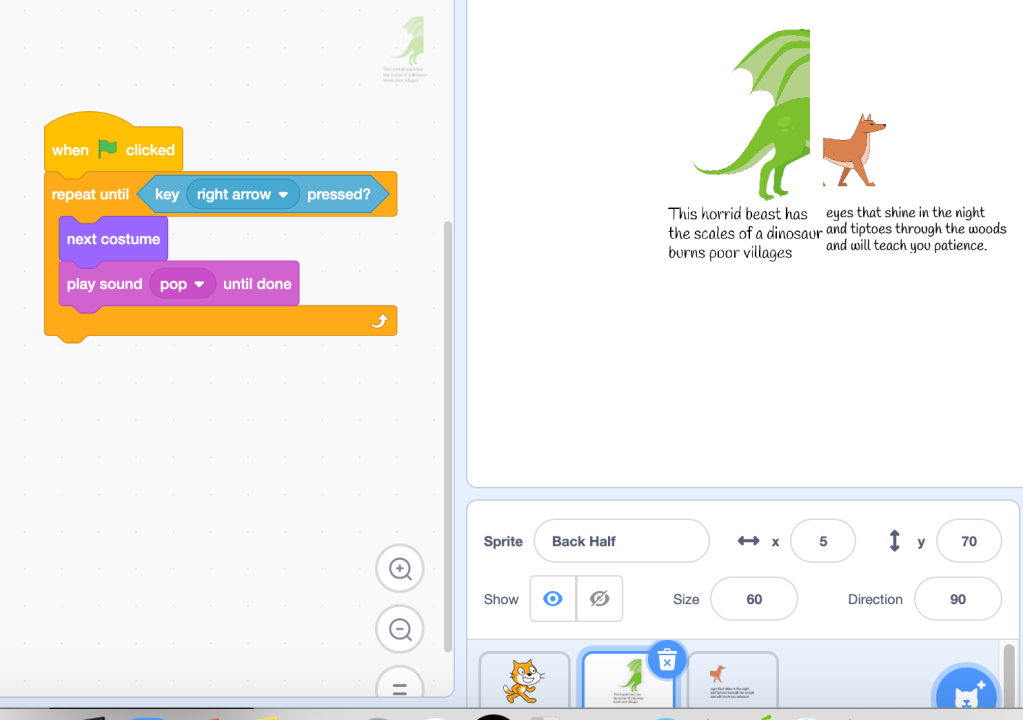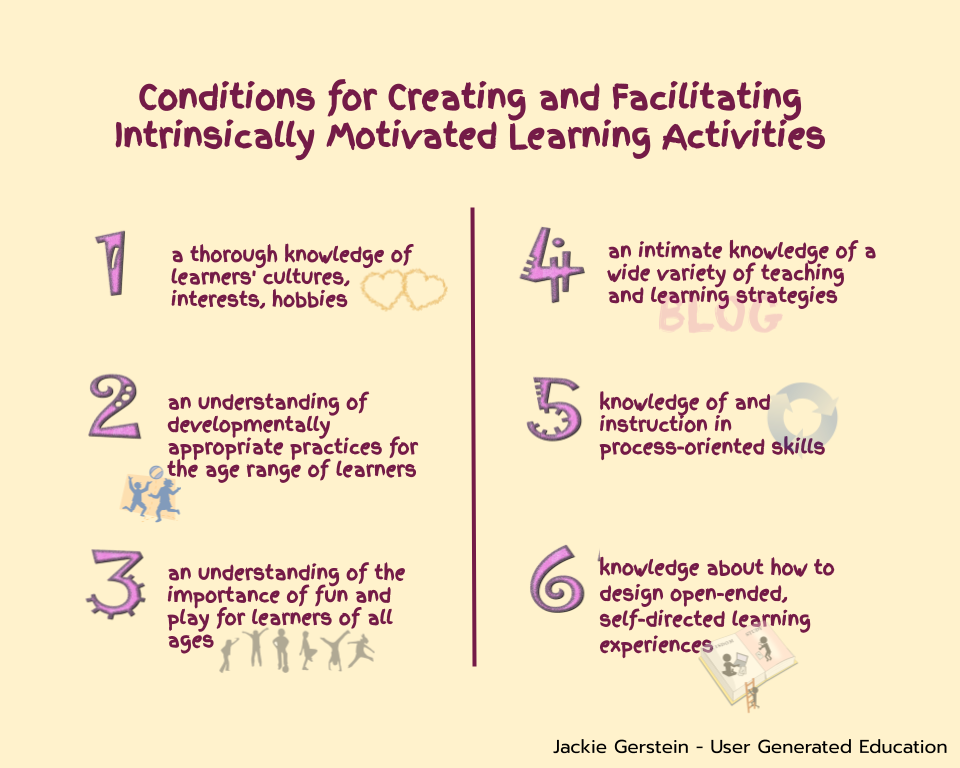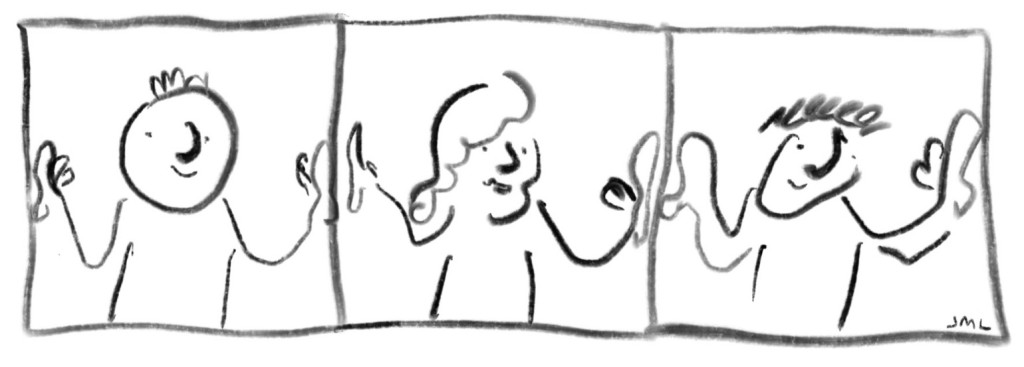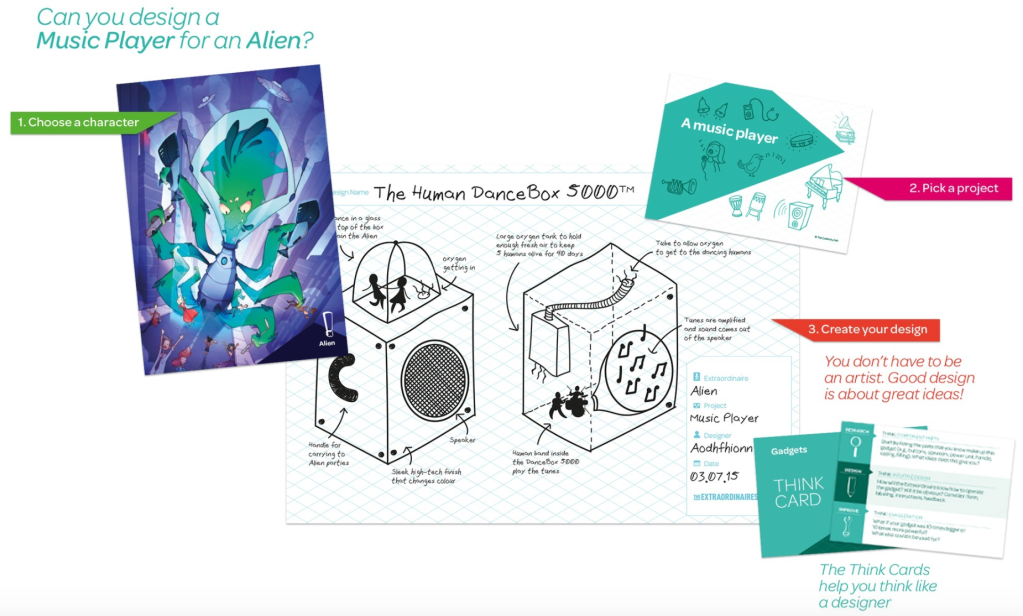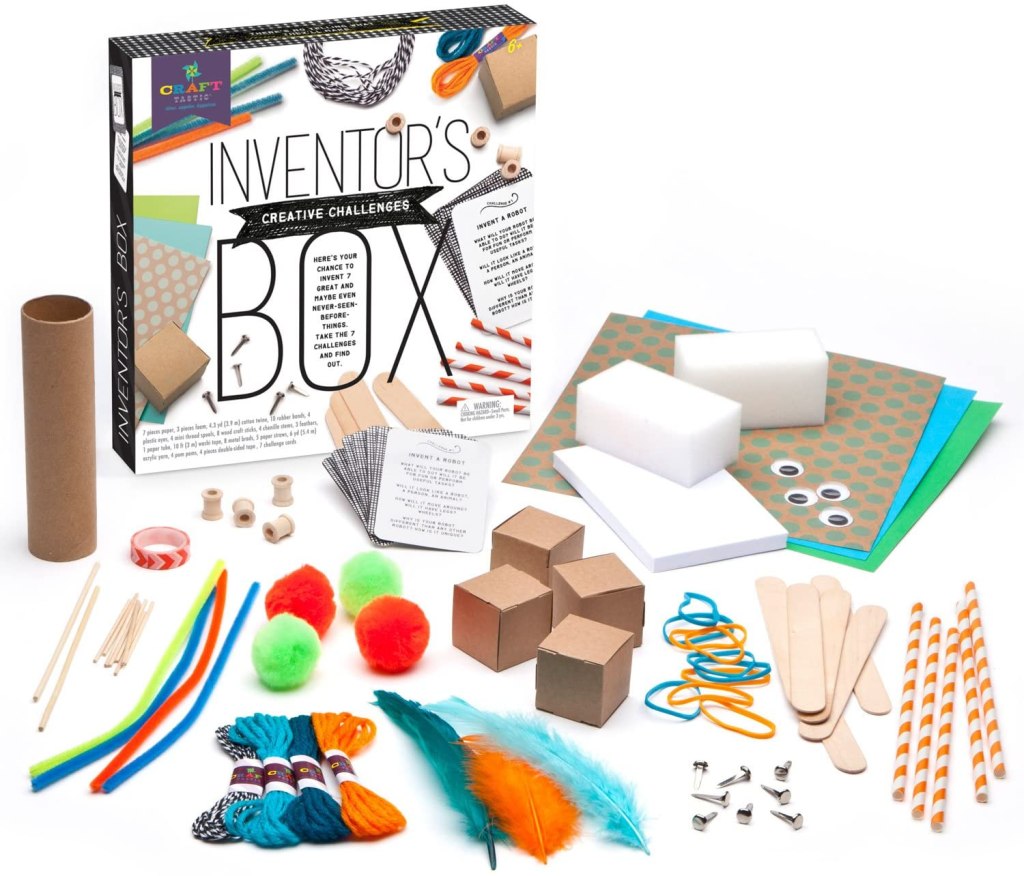Posts Tagged ‘student-centric learrning’
Stop Motion Animations: A Fun and Engaging Language Arts-Educational Technology Integration
One of my favorite things to do as an educator is to create lessons plans that help students address content standards through authentic learning activities and develop transferrable skills. For the stop motion animations, both English Language Arts Common Core and ISTE Standards were addressed. Plus, students had fun, were fully engaged, and developed a greater tolerance for long term projects. This blog post provides some background information as well as presents a few student examples.
Standards Addressed
English Language Arts Common Core Standards
CCSS.ELA-LITERACY.W.5.3
Write narratives to develop real or imagined experiences or events using effective technique, descriptive details, and clear event sequences.
- CCSS.ELA-LITERACY.W.5.3.A
Orient the reader by establishing a situation and introducing a narrator and/or characters; organize an event sequence that unfolds naturally. - CCSS.ELA-LITERACY.W.5.3.B
Use narrative techniques, such as dialogue, description, and pacing, to develop experiences and events or show the responses of characters to situations. - CCSS.ELA-LITERACY.W.5.3.E
Provide a conclusion that follows from the narrated experiences or events.
ISTE (Technology) Standards for Students
1.6. Creative Communicator
Students communicate clearly and express themselves creatively for a variety of purposes using the platforms, tools, styles, formats and digital media appropriate to their goals. Students:
- 1.6.b. create original works or responsibly repurpose or remix digital resources into new creations.
- 1.6.c. communicate complex ideas clearly and effectively by creating or using a variety of digital objects such as visualizations, models or simulations.
- 1.6.d. publish or present content that customizes the message and medium for their intended audiences.
Creating Storyboards
Learners were assigned the following story arc template in Storyboard That.
Link – https://www.storyboardthat.com/create/storytelling-templates
Making the Stop Motion Animations
Learners used the Stop Motion Studio App to create their animations:
Student Examples
The Worm and the Cheese by Andrew
Storyboard Template Using Storyboard That
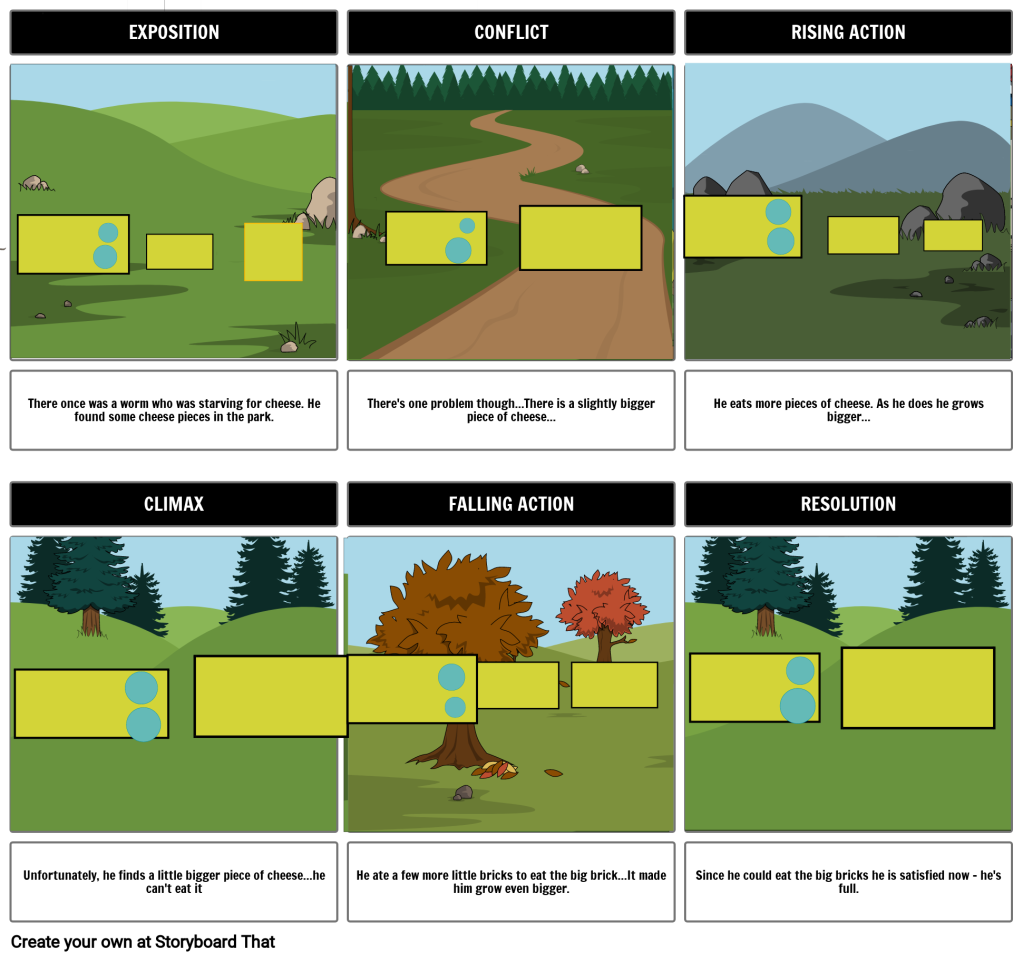
Stop Motion Animation: The Worm and the Cheese
The Adventure of the Cats by Marisol
Storyboard Template Using Storyboard That
Stop Motion Animation: The Adventures of the Cats
Halloween Displays: A Perfect STREAM (Science, Technology, wRiting, Engineering, Art, Math) Lesson
Wow, wow, wow! My students finished their displays in time for Halloween after spending many, many hours working on them. Now, they are in display cases in the lobby of our elementary school. I am so proud of them and rightfully, they are very proud of themselves, too. They worked so hard on them.
A little history . . . I love Food Channel’s competitions and Halloween Wars tops my list. This is where I got the idea for this lesson. Each Halloween season, I become enamored with the passion, creativity, talent, and skill of the sugar, cake, and pumpkin artists on this show. This led me into wanting to bring this type of passion into my classrooms; so several years ago I started a yearly Halloween Wars during each Halloween season (none during our COVID shutdown, though); and yes, it’s a team competition which makes it even more exciting for the students. Needless to say, I was thrilled to bring it back this year allowing a new group of students the opportunity to experience it. As mentioned in the title, I believe this to be a perfect STREAM (Science, Technology, wRiting, Engineering, Art, Math) lesson. This post describes the learning activities and standards addressed.
Background Information
The principles that drive my instructional approach. regardless of theme, include:
- Instructional challenges are hands-on and naturally engaging for learners.
- There is a game-like atmosphere. There are elements of play, leveling up, and a sense of mastery or achievement during the instructional activities.
- The challenges are designed to be novel and create excitement and joy for learners.
- There is a healthy competition where the kids have to compete against one another.
- Learners don’t need to be graded about their performances as built-in consequences are natural.
- There is a natural building of social emotional skills – tolerance for frustration, expression of needs, working as a team.
- Lessons are interdisciplinary (like life) where multiple, cross-curricular content areas are integrated into the instructional activities.
These have been further discussed in A Model of Good Teaching?
The goals included the following:
- To work in a small group to create a Halloween scene using art work, LEDs, microcontrollers, servos, food items, and miscellaneous materials.
- To work as a small group to craft a story about their scene.
- To introduce and reinforce ideas, concepts, and skills associated with maker education, STEM, STEAM, and STREAM.
- To engage in a friendly team competition whereby collaboration in their small groups would lead to success in the competition.
Descriptions of the Individual Components
Science Related Activities and Standards
Learners did several activities that involved LED circuits (simple LED lights, LED Tea Light Spider Pumpkins, and Paper Circuit Skulls) and circuits with microcontrollers (see Technology section).
Science Standard:
- NGSS: 4-PS3-2. Make observations to provide evidence that energy can be transferred from place to place by sound, light, heat, and electric currents.
Technology Related Activities and Standards
For their displays, learners used servo socks to make parts of their display turn, micro:bits and servos to make milk carton robots, and Circuit Playground to make a flickering light to put inside their carved pumpkins. They needed to code their micro;bits and Circuit Playgrounds.
Computer Science Standards:
- 1B-CS-02 – Model how computer hardware and software work together as a system to accomplish tasks.
- 1B-AP-10 – Create programs that include sequences, events, loops, and conditionals
- 1B-CS-03 – Determine potential solutions to solve simple hardware and software problems using common troubleshooting strategies

wRiting – Language Arts Related Activities and Standards
Learners wrote stories that drove their displays. They did so in Google docs so they could write collaboratively. My “rule” was that they could only use elements in their displays that were part of their stories. This necessitated that they revisit their stories throughout this lesson.
ELA Standard:
- CCSS.ELA-LITERACY.W.5.3: Write narratives to develop real or imagined experiences or events using effective technique, descriptive details, and clear event sequences.
Example Stories:
Engineering Related Activities and Standards
Overall, engineering was used throughout this project from creating display artifacts – one student built a cardboard refrigerator with working parts and the milk carton robot to figuring out how to hang and arrange things on their display board.
NGSS Engineering Standards:
- 3-5-ETS1-1. Define a simple design problem reflecting a need or a want that includes specified criteria for success and
- constraints on materials, time, or cost.
- 3-5-ETS1-2. Generate and compare multiple possible solutions to a problem based on how well each is likely to meet the
- criteria and constraints of the problem.

Arts Related Activities and Standards
The entire display was an arts related activity, but I include a specific art activity, the Spooky Halloween 3D Art Project.
National Core Arts Standards:
- Anchor Standard #1. Generate and conceptualize artistic ideas and work.
- Anchor Standard #2. Organize and develop artistic ideas and work.
- Anchor Standard #3. Refine and complete artistic work.
Math Related Activities and Standards
Learners made their own Sugar Skulls and Gummy Legos (Bears) using recipes I projected on the Smartboard. They were asked to cut the recipes in half or thirds.
Math Standard:
- CCSS.MATH.CONTENT.5.NF.B.7: Apply and extend previous understandings of division to divide unit fractions by whole numbers and whole numbers by unit fractions.
It was so much fun to find and design these activities but it was even more fun watching the learners do them all. I can’t wait until next year!
Offering Electives to Elementary Students
Electives, as we all know, are classes that students choose to take. Electives are typically chosen based on interests, passions, a need to learn something new, and/or because of future goals. It is not clear to me why elementary students are rarely offered elective courses.
In addition to empowering practical skills, electives can help students find hidden talents or passions. In fact, several studies show that students are more likely to get a degree or major in a course they took as an elective. Electives offer options that allow individuals to seek out interests. Being able to choose a class is huge, and this tends to keep kids motivated to learn (Beyond the Classroom: Electives in school — essential or entertaining?).
Other benefits of electives include:
- They honor student voice and choice. Obviously, the act of allowing students to choose desirable electives gives them both voice and choice. Electives should also be designed so the types of activities offered to students embrace their voice and choice.
- Given that students select their electives, they become interest and passion driven.
- They are self-differentiating. First, the act of selecting electives of personal choice can be considered differentiation by interest. Second, within the electives themselves, students choose to work on personal projects that are often based on both their ability levels and interest levels.
- They are authentic and relevant. The types of elective offered should mimic the types of activities used by professionals in a related career field. Students will then see what they do during their electives as having real world applications.
- Electives assist students in seeing the big picture of the content being studied. By showing them the types of learning activities that will be part of the elective, they get to see more of the big picture of the elective; the smaller pieces of the bigger elective topic. I never understood why elementary students aren’t shown the bigger picture of a lesson, unit, or course. At least, college, and some high school, students are given a syllabus which tells them what they will learn during the course.
- Because elective classes offered to elementary students should be STEM/STEAM process based, they have the potential situate historically underserved and disenfranchised young people to be more competitive with more privileged youth in college. The types of electives offered to the students assist them in developing the “21st century” skills of creativity, communication, critical thinking, and collaboration as well as the ability to persevere, iterate, ask for help, and see themselves as capable learners. It gives them the extra boost that many of the more privileged youth get through their extra-curricular activities.
I am a lifelong learner. I have a very strong need to learn new things. Summers give me the opportunity to learn new things that I can offer to my students during the following school year This summer was no exception. I learned about artificial intelligence, using Python to program micro:bits, integrating Podcasts in the classroom, and making games using Breakout Edu and Gimkit. Now, I can offer these new things as well as some others related interests and passions as electives this coming school year
I have the privilege of teaching gifted elementary students at a Title 1/bilingual school. I understand that I have more freedom than the classroom teacher to develop and teach my own curriculum. I see my students for a few 2-hour blocks during the week. They, in small groups can choose two to three electives per semester. The selection of electives is up to them. This year I modified, by including new activities and electives, the slideshow I prepared last year to show my students the electives from which they can choose. (Note: I know that teachers have to teach to so many standards and use district mandated curriculums. I still believe they can carve out some time during the week to offer electives AND still address content standards. I think students have a lot to gain to see their teachers teaching about their personal interests and passions. They get to see their teachers actually being lifelong learners and the benefits it entails.)
The electives I am offering during this 2023-24 school year are:
- Fun with Words
- Math Fun
- Gardening and Healthy Food Prep
- Sustainable Development Goals
- Sustainable City – Future City Competition
- Social Entrepreneurship
- Outdoor Education
- Civics
- Physical Computing with Microcontrollers
- Coding with Python
- Computer Science and Art
- Inventors’ Workshop
- Textile arts
- Toy Making and Hacking
- Gaming
- Artificial Intelligence
- Media Creation
- Science Experimentation
- Paper Engineering
- Things That Move
- Space
I select the activities for each elective but within those activities, there is still lots of student choice and voice. My slideshow includes those activities along with links to additional resources:
The Role of Kits in Maker Education and STEM Learning
There has been a fair amount of criticism leveraged against “paint-by-numbers” types of STEM and maker kits. This criticism revolves around the stifling of the creativity of learners. I contend that learners need foundational skills so that they can be freed up to be creative. Think about learning how to cook or play an instrument. The basic and foundational skills need to be there in order for the makers to go in directions that are new and creative for them.
This past spring we returned to face-to-face teaching but students could stay remote if they and their parents chose that. Half of my student selected that option. I was able to purchase DEUXPER Science Experiments DIY Kits – one for each learner – through DonorsChoose. For the students at home, I delivered the kits to them.
The kids in both groups thoroughly enjoyed making the projects. There are several benefits for learners in making from a kit:
- I discussed stages of being a maker learner in my book Learning in the Making: How to Plan, Execute, and Assess Powerful Makerspace Lessons. As described for the Copy Stage, doing prescribed, step-by-step, procedural projects helps with scaffolding. They help build foundational skills for learners to be able to make more complex, open-ended, and self-driven projects.
- Following Directions or Step-by-Step Procedures – This is a life skill in that putting things together is a beneficial for later in life. Lots of things folks purchase come in parts that have to be put together.
- Learning How Things Work – By seeing the individual parts of a project prior to them being combined into a whole, working project, learners get to see how things work.
- Perseverance – For more complicated kits (which I use), the learners almost always have a challenge to face. I will not directly help them. I ask them to persevere. I also suggest they ask one of their peers for assistance. Learners really enjoy giving one another tips for constructing their projects.
- Feelings of Accomplishment – in completing a difficult task. The looks of joy and pride in completing their projects were a beautiful site to see. It was also fun seeing the joy they had in playing with the projects they created.
Scratch Monster Mash Up: A Language Arts/Technology Project
This project was developed by Colleen Graves. I found information about how to do it at the Makey Makey blog post entitled, Scratch Coding Literacy Project Ideas for Makey Makey micro:bit Inventions. She designed it to be used with Scratch programming and the micro:bit micro-controller. I asked my students to create their monster mash ups using only Scratch programming. Scratch programming permits remixing of projects. I gave my learners a version of the project Colleen Graves shared so that they could remix hers and concentrate on creating their creatures and the accompanying text.
Standards Addressed
- CCSS.ELA-LITERACY.W.5.3
- Write narratives to develop real or imagined experiences or events using effective technique, descriptive details, and clear event sequences.
ISTE Standards for Students
- Students create original works or responsibly repurpose or remix digital resources into new creations.
- Students publish or present content that customizes the message and medium for their intended audiences.
Introduction
Students are shown and explore the book. Myth Match: A Fantastical Flipbook of Extraordinary Beasts. “ou might have heard of the unicorn and the griffin, but what about the unifin? This fantastical flipbook collects together magical and mythical creatures from all over the world, then lets you mix and match their fronts and backs to create even more wondrous beasts of your own!” See the video below for some examples from this book.
Main Activity: Creating Monster Mash Ups in Scratch Programming
Specific directions as to how to do this can be found in Colleen Grave’s blogpost, Scratch Coding Literacy Project Ideas for Makey Makey micro:bit Inventions. Below are some artifacts for this project.
The Template for the Writing Part
Some Examples of Monster Mash Ups Created in Scratch
A Finished Scratch Example (click on the image or the link below it)
Choosing Not to Grade Student Work
I wear many hats as an educator. I teach graduate courses in education and counseling. I am a seminar facilitator for student teachers, and I teach gifted education at three Title 1 elementary schools. I have said for decades that I love teaching but I hate grading. It puts me in a power position over students which is, for me, contrary to my teaching philosophy of creating a learning community where we all become teachers and learners. Achieving this goal becomes more difficult when I am the grader-in-chief. For the graduate courses, I still am the grader-in-chief. I haven’t figured out a way around this as I am part of systems of universities where this is a deeply embedded practice. (Although Jesse Stommel does ungrading in higher education – see How to Ungrade). As for my other hats, cohort facilitator and gifted education teacher, I do not have to grade and am grateful for that. I intentionally selected public education jobs, PE teacher in the past and now a gifted education teacher, where I wouldn’t have to give them grades; where I wouldn’t have to give them standardized tests.
Across education, we’ve normalized absurd levels of grading, test-taking, and standardized assessment. Without much critical examination, teachers accept they have to grade, students accept they have to be graded, students are made to feel like they should care a great deal about grades, and teachers are told they shouldn’t spend much time thinking about the why, when, and whether of grades. Obedience to a system of crude ranking is crafted to feel altruistic, because it’s supposedly fair, saves time, and helps prepare students for the horrors of the “real world.” Conscientious objection is made to seem impossible (Jesse Stommel How to Ungrade).
Without the pressure of being graded, students don’t ask the typical questions such as, “Do I have to know this for the test?”, “How many pages does the paper need to be?”, “Do I need to use references? If so, how many?” Without the pressure of being graded, learners will be more willing to take risks, try new things, and be more creative and more innovative.
Without the “threat” of a grade, an extrinsic form of rewards and punishment, there is more pressure on the educator to create learning activities that are highly engaging and intrinsically rewarding for their learners. (Disclaimer: Even if students are getting a grade, I believe their work should be intrinsically motivated.) To do so, several conditions or pre-requisites need to be present:
- A thorough knowledge of learners’ cultures, interests, hobbies;
- An understanding of developmental appropriate practices for the age-range of learners;
- An understanding of the importance of fun and play for learners of all ages;
- An intimate knowledge of a wide variety of instructional strategies including, but not limited to, hands-on/minds-on learning; creating multimedia like videos and podcasts; the design thinking process;
- Knowledge of and instruction in process-oriented skills including, but not limited to, learners asking their own essential questions; the iterative process; researching skills; communicating with others; critical thinking and problem solving skills;
- Knowledge about how to design open-ended, self-directed learning experiences.
The results of not grading and designing intrinsically motivated learning activities can be heard in the spontaneous comments made by learners. This qualitative information, for me as an educator, is a much better measure of success in the classroom than any type of quantitative information. What follows are some comments I love hearing from my learners:
- I really like coming to class.
- Can I stay in the classroom (for recess, for lunch, after school) so I can continue working on my project?
- Is it time to go leave already?
- I am a good learner.
- I love learning new things.
- I feel like I have a real voice in this classroom; that what I say matters.
- I know I wasn’t successful with the assignment but I am going to use that information to improve.
- Our class feels like a family.
- You (the teacher) haven’t forgotten what it’s like to be a kid.
Virtual Improv Activities for Remote Learning
Given my experiential education background, I’ve always been fond of and have used group team building and problem-solving activities with all of the age groups I teach – for example, see Team-Building with Elementary Students. I’ve written several blogs about teaching remotely during the pandemic and how remote learning can be engaging, exciting, and include student-to-student relationship building activities.
I believe that all learning, face-to-face or online, should have the students doing things rather than be passive learners. Recently I went to a workshop on virtual improv activities. I really loved it and am now incorporating these type of activities into my online teaching of both my college students and my elementary students. These activities elicit the same excitement, energy, and engagement as the face-to-face team building activities.
Improvisational theatre games are traditionally used as an ice-breaker for theatre actors to feel comfortable with other actors as well as the script of the play. The skills and processes of this technique can be introduced in the beginning or at the end to [a virtual class] to initiate communication and encourage collaboration. This can be an educational tool to develop communication skills, and creative problem-solving and supportive teamwork abilities. The rules of improvisational theater, or ‘Improv’ as it is often called, are: don’t hesitate, pay attention, never block or negotiate, always add something positive, and don’t be scared of silence. Following these rules, elements of Improv can be successfully transferred from real life settings into virtual team sessions (Improvisational Theatre Can Breathe Life Into Virtual On-boarding).
What follows is a sampling of improv games:
Club Gesture
Everyone chooses a quality to share about themselves, and picks a gesture or movement to represent it. Going around the circle, each person says their quality and demonstrates the accompanying gesture, and the whole group does the gesture too. Ex: Gloria says, “I’m Gloria and I’m highly organized,” pantomiming arranging objects in the air with great focus. Everyone then does her gesture of arranging objects in the air. Alternate version: Each person makes a gesture but does not verbally share their quality, and the group guesses what their quality is (Improv Games for Virtual Space by Jonathon Moses Leiner).
Dance Party
One student on camera acts as the dance teacher. You play music, and the “dance teacher” dances to the song, all the other students try to follow the dance steps to the best of their ability. Every time the song changes, a different student takes over as the dance teacher. This is a great energy builder. (Pro-tip: The challenge is not about how good of a dancer is each student, it’s about how silly can everyone be) (10 of the Best Virtual Improvisation Games for Distance Learning).
Tell Me a Story
Human beings are naturally born storytellers. With this online energizer, you’ll take some time to connect to one another through telling a shared story and be encouraged to have fun while improvising too!The teacher tarts with a line like “Once upon a time, in a land far away, 5 people got together to solve all the world’s problems. Everything seemed easy, until one day one of the people saw on the horizon…” and invites the next person in the group to continue the story and add the next line. This keeps going until everyone’s contributed to the story (20 online energizers for virtual teams and remote meetings (20 online energizers for virtual teams and remote meetings).
Object Improv
Two students do a scene on cam, a third student (or you) has a bell. Every time the bell is rung, one of the improvisers in the scene has to grab any nearby item and immediately use it in the scene. (Pro-tip: challenge the students to make the item very important. For example, if you ring the bell, and one student grabs a stapler and introduces it into the scene, the other improviser should make the stapler relevant to the story) (10 of the Best Virtual Improvisation Games for Distance Learning).
Puppies and Kittens
First, separate the room into two groups: puppies and kitties. You can have the groups either use nonverbal feedback icons or put their hands up to delineate which team they’re on. If you’re being particularly creative, have them change their background image to either a puppy or kitten! The aim of the game is for the puppies, one at a time, to say hello to the kittens in any way possible and try to make any of them smile or laugh. Use speaker view in Zoom so that each puppy is seen and heard clearly when it’s their turn. Whenever a kitten smiles or laughs, they join the puppy team. Continue until only one kitten remains or everyone becomes a puppy (20 online energizers for virtual teams and remote meetings (20 online energizers for virtual teams and remote meetings)!
Energy Ball
Facilitator shows the group an [imaginary] energy ball, then physically remolds it into a new object, declares what it is and pantomimes using the object, and then the whole group uses the object. That person then chooses who to pass the object to next, and that person remolds it into a new object, and so on. Ex: Alejandro remolds the energy ball into a telephone. He holds the phone up to his ear, everyone mimes using the phone, and then passes it to Nia. “Phone call for you, Nia.” Nia receives the phone, says “Oh hi!” on the phone, and then remolds it into a pitchfork, lifting up hay… (Improv Games for Virtual Space by Jonathon Moses Leiner)
Kamehameha
Facilitator sends “energy blasts” as depicted below to different sides of the screen: LEFT, RIGHT, UP, DOWN, CENTER. The group dodges the blasts by moving in the opposite direction of where the blast is pointed. Blast left → dodge right, etc. Up requires ducking, down requires jumping, and center can be any direction. An optional point system could be included to tally successful dodges and/or hits (Improv Games for Virtual Space by Jonathon Moses Leiner).
Tell Me a Pitch
In the online pitch, we recommend setting up a slide deck of weird and wonderful objects and then, inviting your participants one by one to pitch whatever comes up on the next slide to the rest of the group [without knowing what that object is]. Time it so participants have thirty seconds to pitch and keep things moving – bonus points if participants can think outside of the box while pitching. This is a great online energizer that encourages improvisation (20 online energizers for virtual teams and remote meetings (20 online energizers for virtual teams and remote meetings).
Picture of Shoes
Have each of your participants take a picture of their shoes and upload it to an online whiteboard or Google Slides. You can ask participants to take their photographs in the meeting itself or beforehand if you want to keep this energizer short and neat. That said, it can be very fun for people to take photographs in the workshop. Change it up by encouraging funny poses or use of extra props. You then invite people to discuss their footwear and tell a story of their chosen shoes. It might be that they’re wearing comfy slippers they got for a recent birthday or running shoes they wore while completing a 10k (20 online energizers for virtual teams and remote meetings (20 online energizers for virtual teams and remote meetings)!
Increasing Engagement, Creativity, and Innovation with Minds-On/Hands-On Activities
COVID has forced many teacher to do remote learning in a virtual environment. Some have struggled with student-centric and hands-on learning. I have always been an experiential educator. Translating that to a virtual environment has been a little challenging but definitely doable.
Experiential-based minds on/hands on learning . . .
The ultimate goal is to get students at any level of education to become as mentally and physically engaged as possible in the learning process, regardless of the subject they are studying. The basic idea is for students to break out of their usual passive mode of learning that primarily involves listening to a teacher, taking notes and answering the occasional question. Instead, they are asked to in fact DO something during the learning process that has them actively using ALL of their senses. Doing something also means involving a student’s brain in thinking about what is going on around them as he or she tries to learn. All this active involvement makes for a powerful combination that dramatically enhances learning (The Importance of Hands-on, Minds-on Learning in Science).
The characteristics and qualities of experiential-based minds-on/hands-on activities include:
- Open Ended Tasks Presented – “Open-ended tasks have more than one right answer, solution or outcome and can be completed in more than one way. Different learners may use different types of thinking; and there are no predetermined correct outcomes. Open-ended learning activities are provocative and stimulate divergent thinking about a topic (Open-Endedness).
- Focus is on Process Rather Than Product – To truly focus on the process rather than products of learning, the educator needs to let go of expectations about the specific products that should be produced by the learners. There are expectations regarding some of the processes in which learners should engage (e.g., divergent thinking, questioning, researching, creating, innovating) but the educator lets go of the pictures in her or his mind about what the products should look like. By doing so, learners get the overt message that the focus is on processes used during the learning activity.
- Engagement of Mind, Body, and Heart Occurs – Too often students are asked to engage in academics with their brains leaving behind their bodies and hearts. This is especially true as students enter higher grades. Hands-on/minds-on activities obviously use learners’ brains and hands; and because of the engagement of these areas, learners emotions, their hearts, are also often engaged.
- Productive Struggles and Persistence – Hands-on/minds-on activities often challenge the learner due to their open ended nature. There are no single “right” answers. As such, they often have productive struggles with the learning task. Learners enter into uncharted waters as they work to create artifacts that are new to them, their classmates, their teachers, and sometimes for society. Given this limited “history,” learners often experience and work through struggles. Since they persist through theses struggles, they become productive struggles.
- Learner-Initiated and Directed – When presented as self-directed learning, educators, as mentioned above, give learners an open ended task, like develop a new type of transportation for use on another planet or design an assistive technology for someone with a disability. Learners, then, being self directed, take initiative and responsibility for their learning, set their own goals, select and manage their resources, and assess the degree of personal success.
- State of Flow Results – A flow state, also known colloquially as being in the zone, is the mental state in which a person performing some activity is fully immersed in a feeling of energized focus, full involvement, and enjoyment in the process of the activity [Flow (psychology)]. I love it when I hear a student say at the end of class, “Is it time to go already?” This to me is evidence that a state of flow occurred from the learner.
- Learning Comes from Natural Consequences, Mistakes, and Successes – Because this type of learning elicits new information for the learners during each step of their learning process, each step provides them with data. It gives them information about the degree of success or lack of success about the actions they took. They naturally gain insight about whether or not to keep going in the direction they have been, or whether they should change course due to lack of significant progress.
- Increased Creativity and Innovation – Because of everything mentioned above, learners’ creativity and innovation flourishes.
Design Thinking: Sketching New Inventions for Clients
Consider the rapidly changing world we live in. To thrive in the future students will need to be adaptable and flexible. They will need to be prepared to face situations that they have never seen before. Design Thinking is one of the best tools we can give our students to ensure they:
- Have creative confidence in their abilities to adapt and respond to new challenges.
- Are able to identify and develop innovative, creative solutions to problems they and others encounter.
- Develop as optimistic, empathetic and active members of society who can contribute to solving the complex challenges the world faces (What is Design Thinking? A Handy Guide for Teachers).
Probot
Protobot generates random product and service ideas
My students were each given this link. They were told that they could click on the link repeatedly to get a design they felt comfortable sketching.
Nope or Dope Cards
Nope or Dope cards is usually used as a party game. I used it to have students select a client or buyer and combine several products for that client. Since we were virtual, I would select cards from my deck for each student. They then sketched their prototypes for the type of client and a combination of selected product cards.
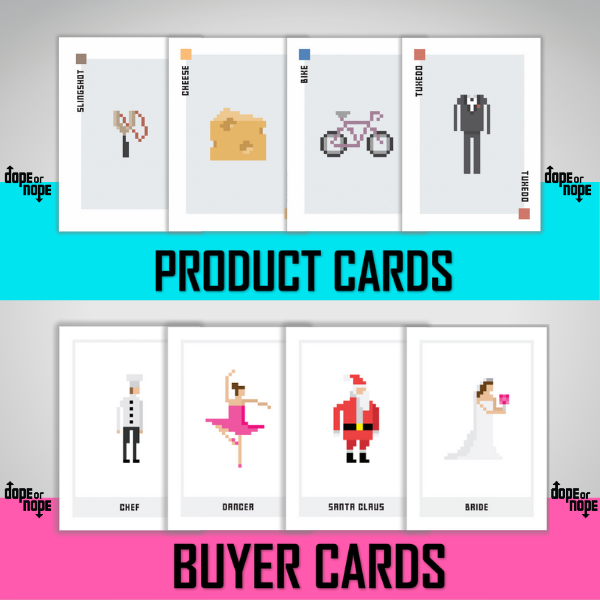

Extraordinaires Design Studio
“The Extraordinaires® Design Studio is a powerful learning tool that introduces children to the world of design, teaching them the foundations of design in a fun and engaging way. Your clients are The Extraordinaires® – over the top characters with extraordinary needs – and it’s the job of your student or child to design the inventions they require to fit their worlds.”
Here are some student examples of this activity:


Flipgrid Reflections
For the above projects learners used Flipgrid to discuss the details of their projects. Then they commented on one another’s work. Here is an sampling of student Flipgrids:
Inventor’s Workshop
Inventing is a skill and every student can develop that skill. It may be cliche, but it’s true–kids are natural inventors. And once taught the skills of how to invent, there is no stopping them (Opinion: Every student can be an inventor).
I was able to get a DonorsChoose project funded whereby I bought each of my twenty students a box of the Inventor’s Boxes and had a great time delivering them to each of my student’s homes. It was great having all of these materials in one box but none of the materials was unique or unusual. This means teachers can create their own invention kits for their students that is relatively inexpensive materials – straws, pom poms, craft sticks, string, pipe cleaners, rubber bands, binder clips, googly eyes, dowels, and foam.
They spent many hours fully engaged during remote learning making inventions including musical instruments, board games, new tools, machines, and robots.


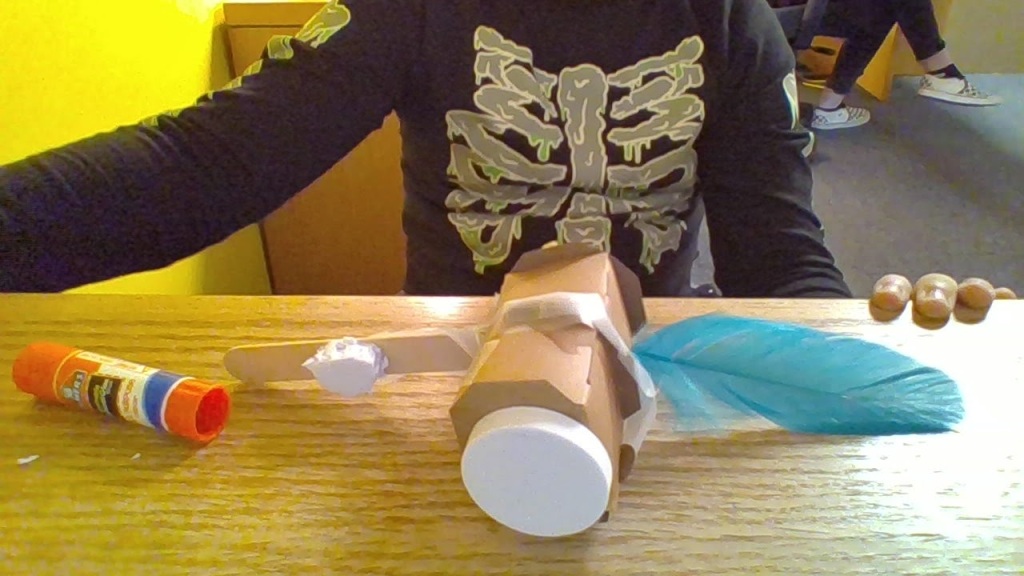

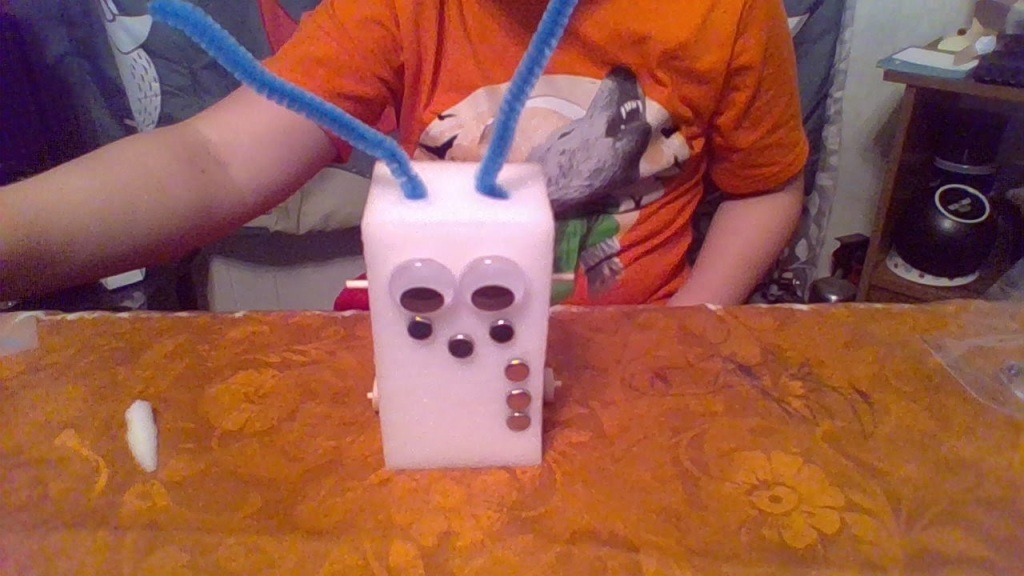
They then took images, posted them on their own individual Google Sites, and reflected on their attributes.
Making Board Games
My learners were given the simple directions to making a board game out of materials they found around the house. I thought this would be a fairly quick activity but they spent hour after hour creating them. They made game pieces, playing boards, playing cards, and tender. They then played their games remotely with the maker moving the game pieces, reading the playing cards, etc. They also spent hours playing one another’s games.
They were so many benefits of this activity: developing their creativity; communicating and relationship building with peers; and having authentic connections and fun during the difficult pandemic times.
Puppet Making and Green Screen Recording
Puppet-based learning teaches students design thinking, growth mindset, writing, how to work in sharable media, and how to approach learning without fear. Plus, it’s fun (6 Reasons Why Puppets Will Change Your Classroom Forever)!
This past week I visited my students’ homes yet again (love doing it) to deliver puppet making materials (felt puppet blanks, googly eyes, felt pieces, pom poms, Elmers glue) and green file folders for their green screen background. For the next several weeks, they will be making their puppets, writing scripts, recording their puppet shows in front of the green file folder, and then editing it with a background in https://clipchamp.com/. I will add some examples of their projects after their completion.
Starting the Year with “All About Me” Activities
I have written before about the beginning of the school year, Beginning the School Year: It’s About Connections Not Content.
I begin all classes focusing on having the students make connections between each other and with me. I want students to learn about one another in a personal way. I want to learn about my students so my instructional strategies can be more personalized and tailored to their needs and interests.
This year given remote learning, both synchronous and asynchronous, I developed technology-enhanced “all about me” activities that my learners could do remotely. These types of activities are even more appropriate than ever as a substitute for the typical “what I did over the summer” assignments.
Book Creator All About Me Activity Descriptions
The following Book Creator of descriptions and examples of all about me activities is shared with my learners, grades 3 through 6, via our district’s Open Access website:
This format provides my learners with a kid-friendly presentation of their All About Me activities.
Detailed Activity Descriptions
Bitmoji Learning Environment
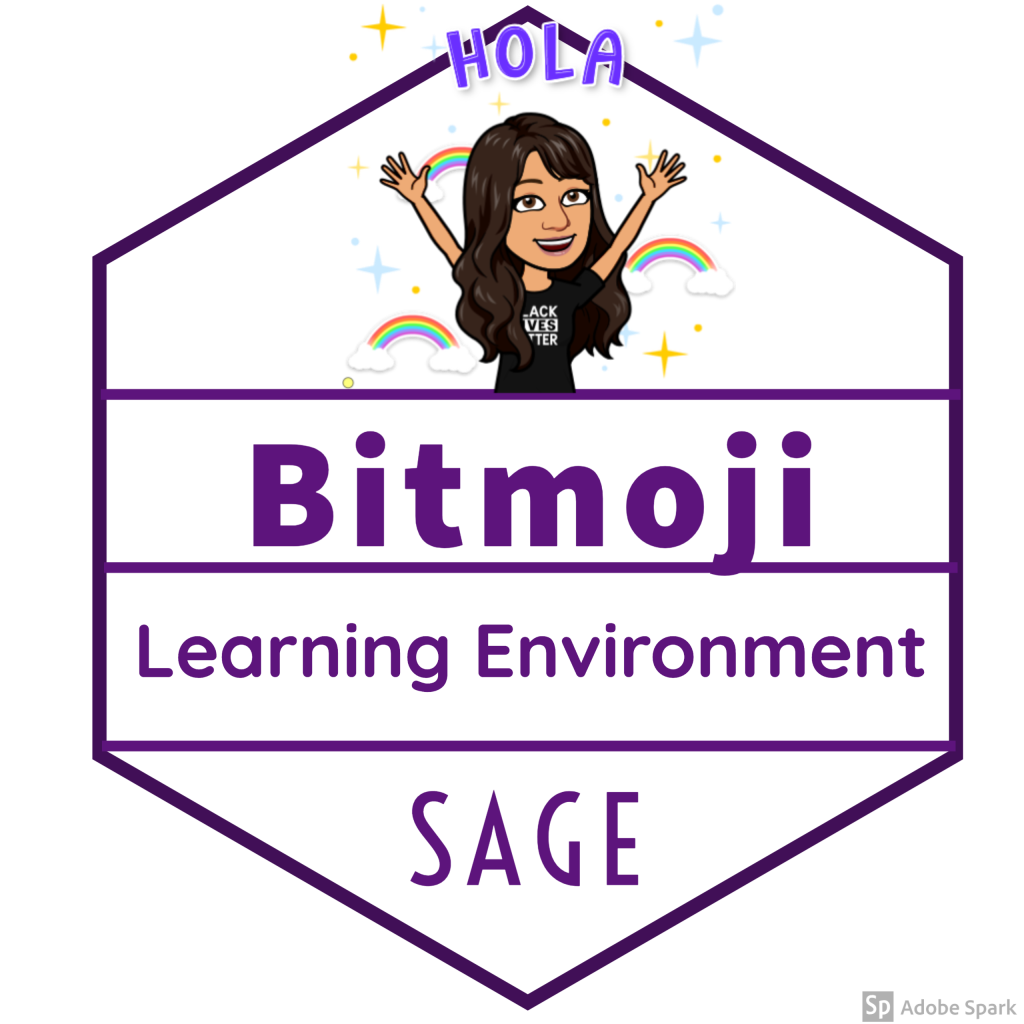
Bitmoji classrooms have become a bit of a craze. They are described in more detail in the Edutopia article, Educators Turn to Bitmoji to Build Community and Engagement. A legitimate criticism leveraged against them is that they are teacher-centric. It is the teacher doing the work. I believe that if learners are not doing as much or even more creating than consuming, then this is a problem. As such, I am asking my students to create their own optimal learning environments. To begin, I ask learners to have a look at mine.
I ask them to note my sofa, picture of my cats, bookcase with books and art materials, my refrigerator with my diet Coke, plant, and window. Then I provide each of my learners (I only have 12 of them) with a Google Slide template, Build Your Own Bitmoji Classroom, developed by @HollyClarkEdu and @themerrillsedu. To their template I add a variety of Bitmojis I created for them due to them being under the age of 13. To learn how to create bitmojis for your learners, see this post by Matt Miller, https://ditchthattextbook.com/bitmojis-for-your-students-how-to-create-and-share-them/.
Personalized Feelings Chart
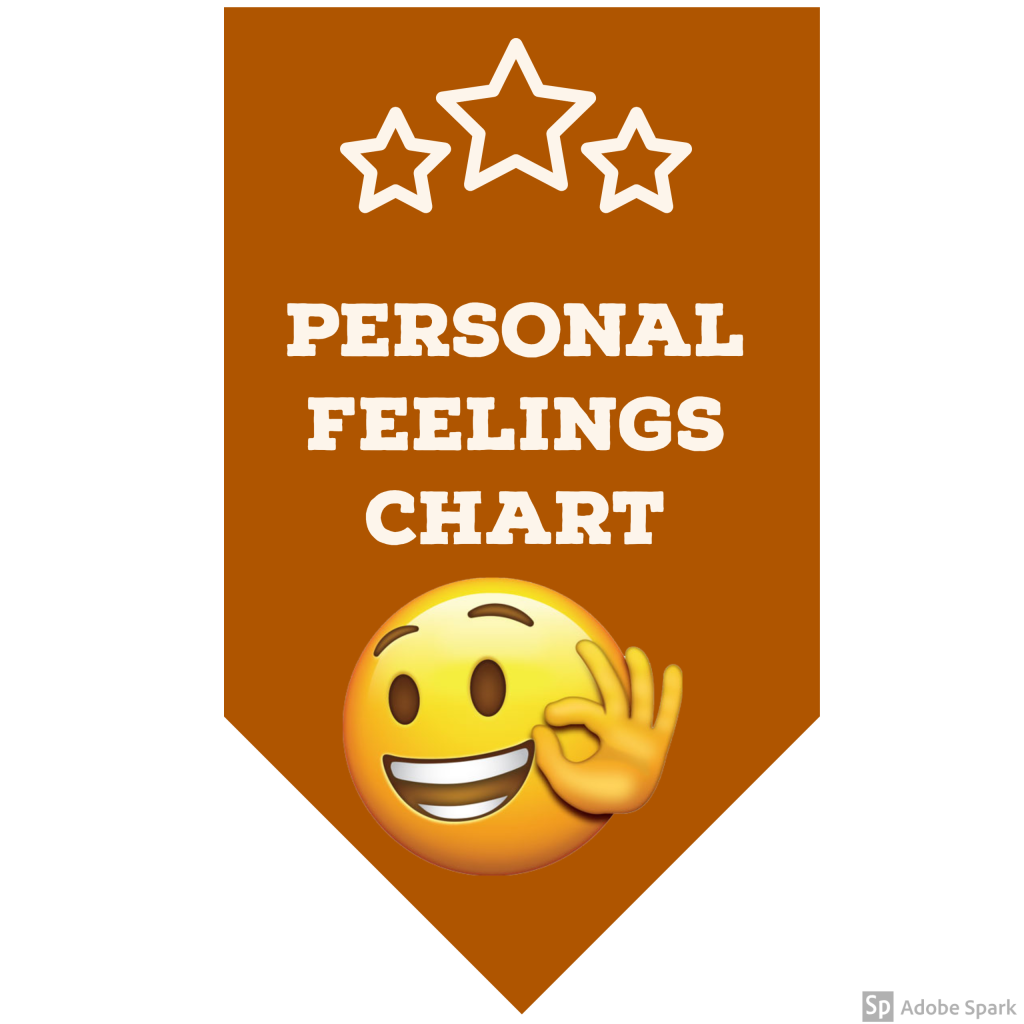
I start all my classes, both elementary school and college classes, with an emotional check in. I discuss this in more detail in Emotional Check-Ins in a Teaching Webinar. Last year, I had my elementary students make their own feelings pillows for our emotional check-ins (made with felt of different colors, sharpies, yarn for sewing, and stuffing). They loved them. This year, due to remote learning, they are making their own personalized feelings chart. They start by identifying 8 to 12 feelings they typically experience using the Mood Meter developed by the Yale Center for Emotional Intelligence:
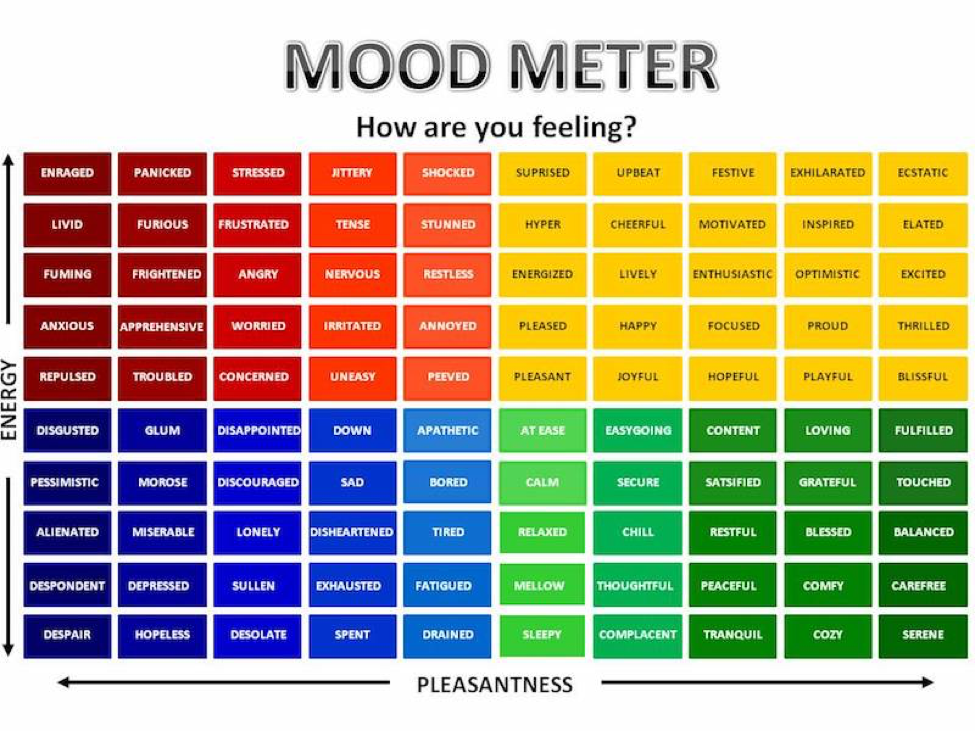
They are asked to select a few from each color. They use either Adobe Spark or a Google Slide to create their own. I show them how to do image searches with each platform and my own personalized feelings made with Adobe Spark as an example:
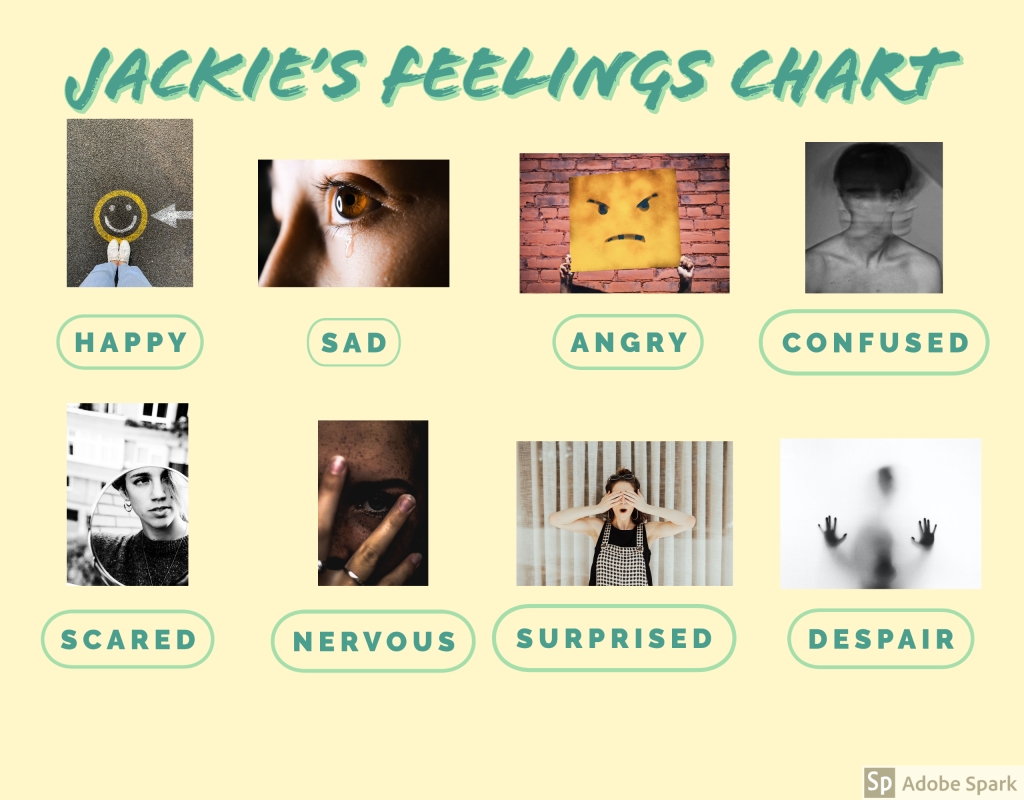
Lego Selfie
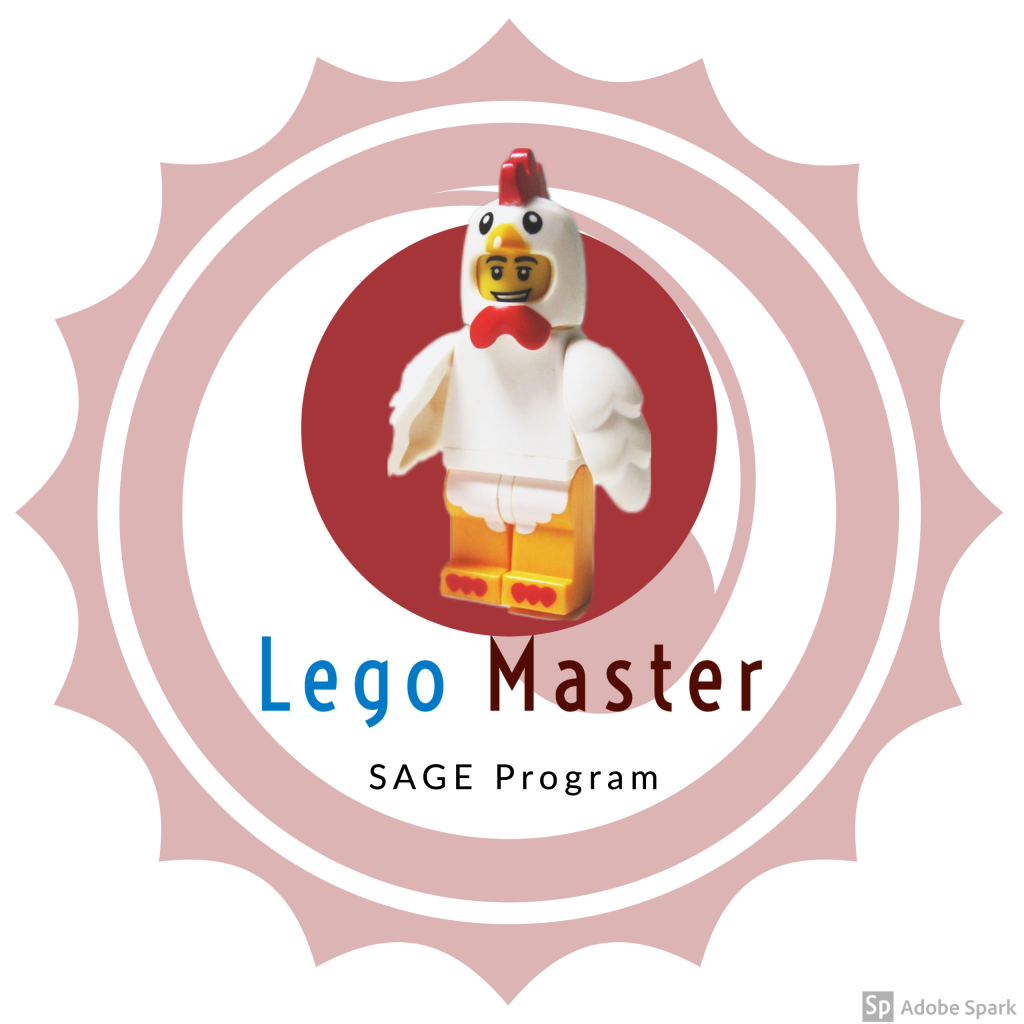
I learned about the Lego Selfie through a post on Aaron Maurer’s Coffee for the Brain. Most of my learners love Legos and have them at home so I think this would be a great choice for them. For those who do not have them at home, they can use the virtual Mecabricks or choose a different activity. Examples of Lego Selfies can be seen at https://photos.app.goo.gl/N1AJSchhanykYgTq7.
Kahoot Selfie

Most teachers and students these days know about Kahoot, a game-based learning platform that makes it easy to create, share and play learning games or trivia quizzes. For this All About Me activity, learners create their own Kahoot Selfie with 5 or more Kahoot quiz questions about themselves, each question having a four possible answers with only one of them being correct. Here is a template to help them with planning – https://kahoot.com/files/2017/07/kahoot_paper_template-1.pdf and an actual Student Selfie Kahoot that they can duplicate and edit with their own questions and answers (they will need their own account to do so).
Nature Materials Self-Portrait

To get my learners away from their computers, one of the All About Me activity choices is to go outside to collect natural materials to create a self-portrait. They have to collect and use at least two dozen objects from nature as part of their design.
Comic Strip: A Change I’d Like to See in the World
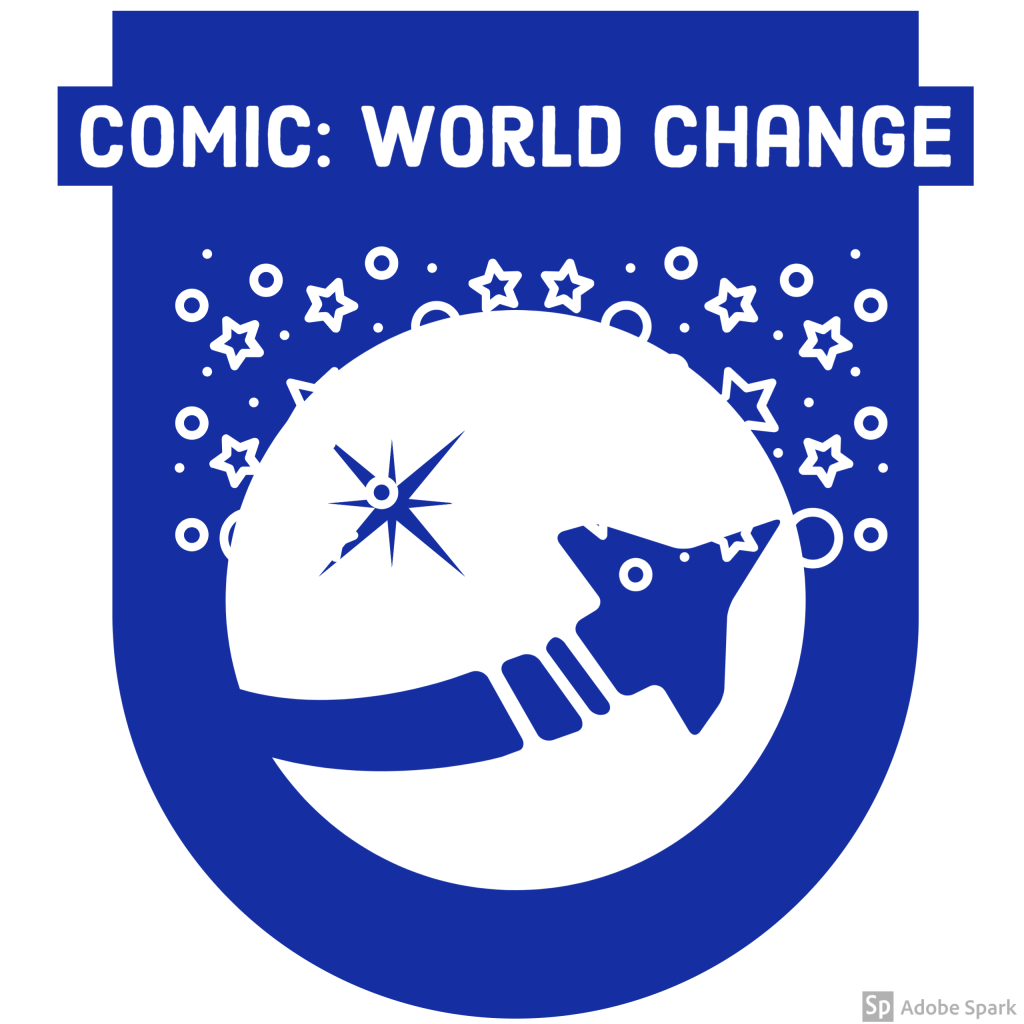
For this activity, learners create a comic strip of at least 6 cells that describes a change they’d like to see in the world. I really like StoryboardThat and have an account for it so this is the platform my students use. Here is an example I found so learners can have an idea what to create:
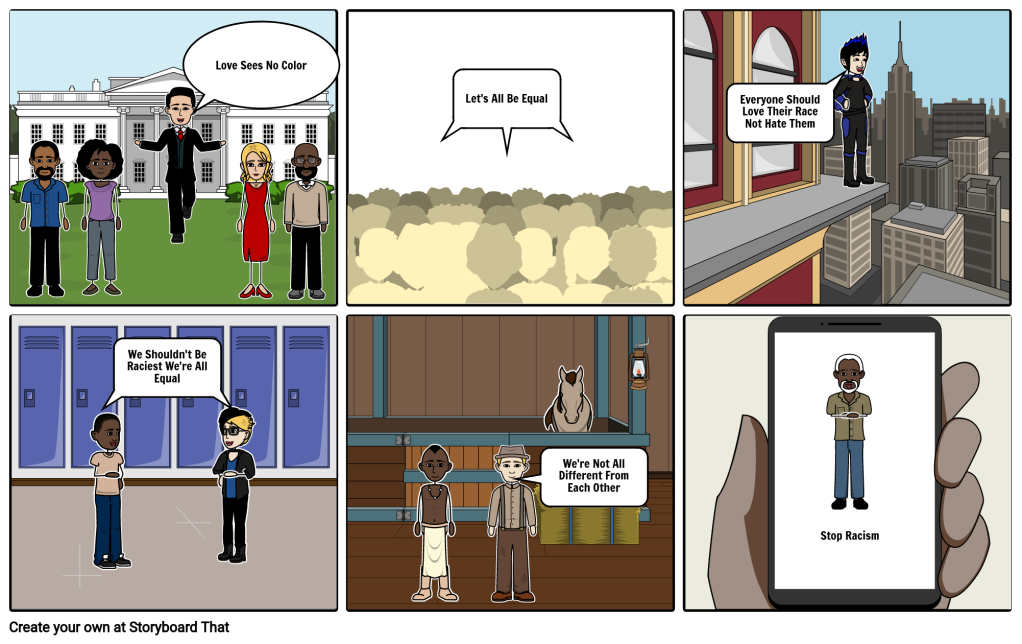
Flipgrid Video: My Hero and Why
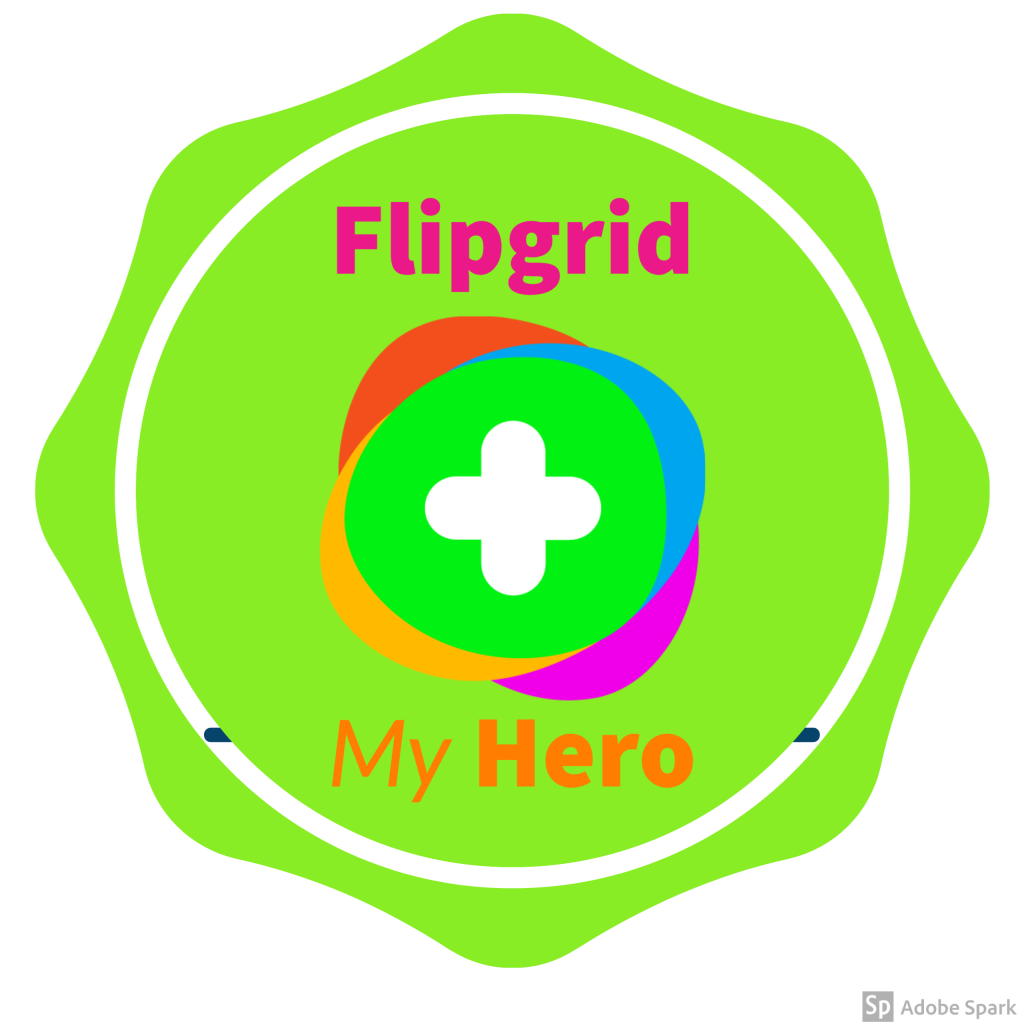
Flipgrid, as most educators know, is a social learning platform that allows educators to ask a question, then the students respond in a video. Students are then able to create video comments to one another’s posts. For this activity, learners first watch For the Heroes: A Pep Talk From Kid President. They then access our class Flipgrid to create a video that describes their hero.
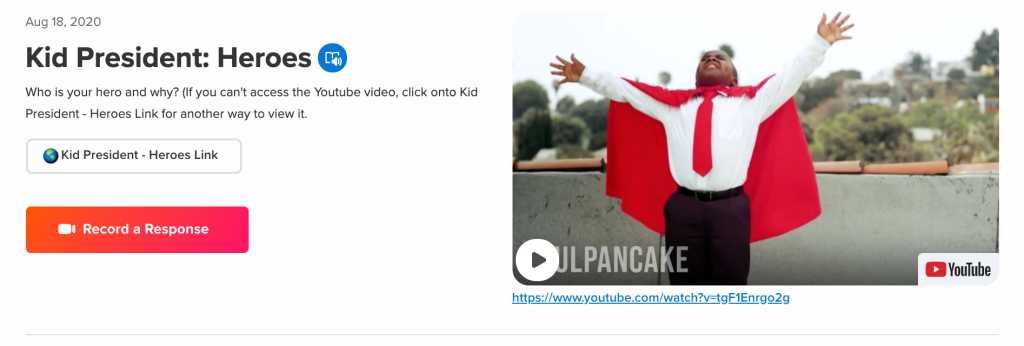
Here is a link for you to make your own copy – https://admin.flipgrid.com/manage/discovery/details/24147.
Fake Instagram Account
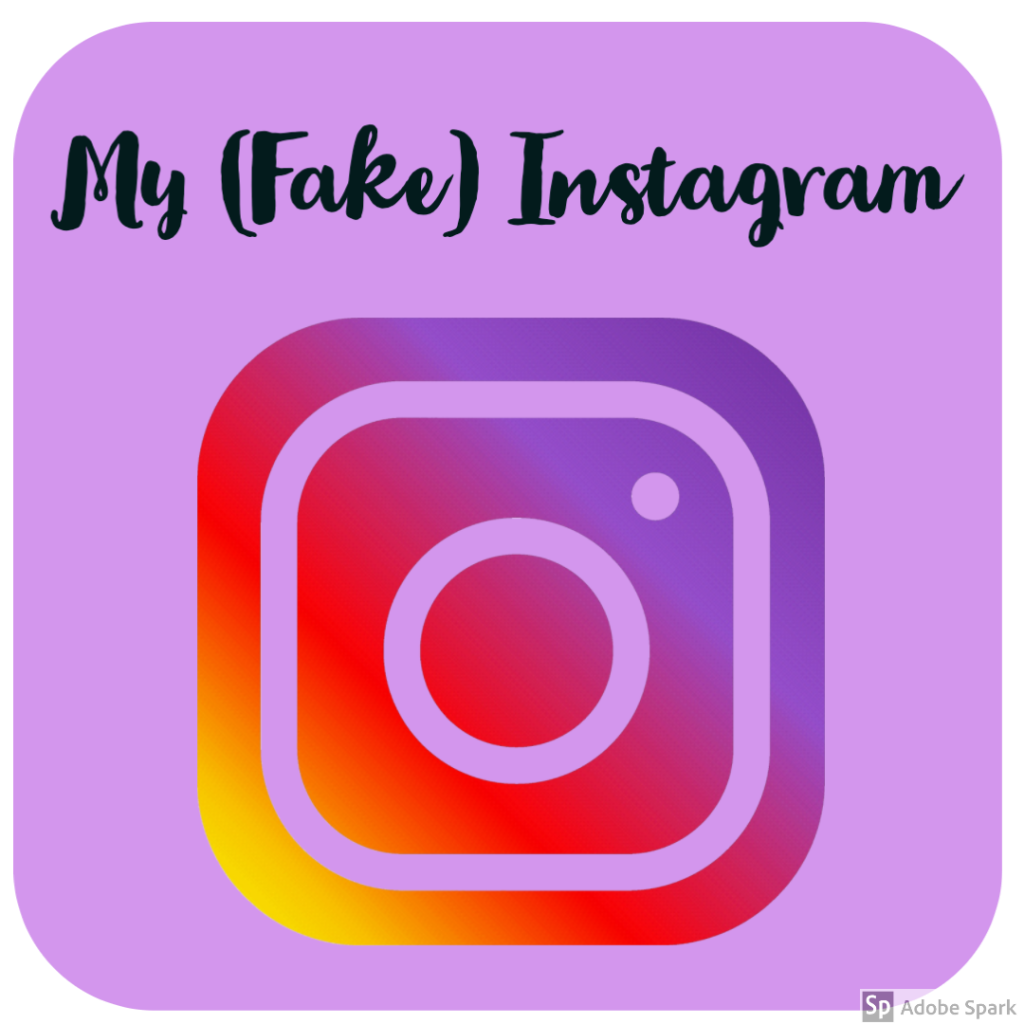
Because my learners are elementary age, they don’t (or shouldn’t) have their own Instagram account. This activity allows them to create their own (fake) one. The blog post, Fake Instagram Template with Google Slides (FREE), describes the process for doing this. This template – https://docs.google.com/presentation/d/1_gupBqIZBToioNFgbAb4nFVlsJgbdW5xneccto6pcFk/edit?usp=sharing – can be used by going under file to make a copy.
Here is my example:
Google Tour Creator

For this All About Me activity, learners create their own 360 degree virtual tour using Google Tour Creator. They need to include at least 6 geographic locations where they’d like to visit. This Google Tour Creator Tutorial video can help you and/or the learners use this tool. Here is the example I created – https://poly.google.com/view/8HpqhXYHzN4.
Aggregating Their Artifacts
Learners are instructed to aggregate all of their All About Me artifacts on a Google Site they create (we are a Google district). For artifacts that aren’t web based like the Lego Selfie and Nature Self portrait, they take photos of them to upload into these photos into their site. A Google site provides me with a way to check their work and give feedback. The learners will also have them all in one place to show their families and easily revisit at a later date.
All About Me Class Badge Progress Chart
The following chart is used to keep track of each student’s progress. They are required to complete the Bitmoji Learning Environment and Personalized Feelings Chart. They can then choose four out of seven others. They can work on the activities in any order they choose. Once completed, I check them and award the badge using this chart to indicate its completion for the individual students.
Here is a link in case you want to make your own copy – https://docs.google.com/document/d/1HNDc202wJE50BGh97CteNdpt8tOGTYg96DOeP49YvGc/edit?usp=sharing
Personal Progress Chart
Learners are asked to make a copy of the following progress chart which is in the form of a Netflix playlist template (created by the talented @MeehanEDU) in order to create their own playlists of completed activities for this unit as well as ones we’re doing later in the school year. You can also make a copy and adapt it for use with your learners.
Here is a link to the template – https://docs.google.com/presentation/d/19Nkwml_hHK6N2KNyHxynOjkUltp_ld9AMGQ0K05y2yI/edit?usp=sharing.
